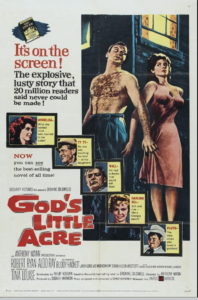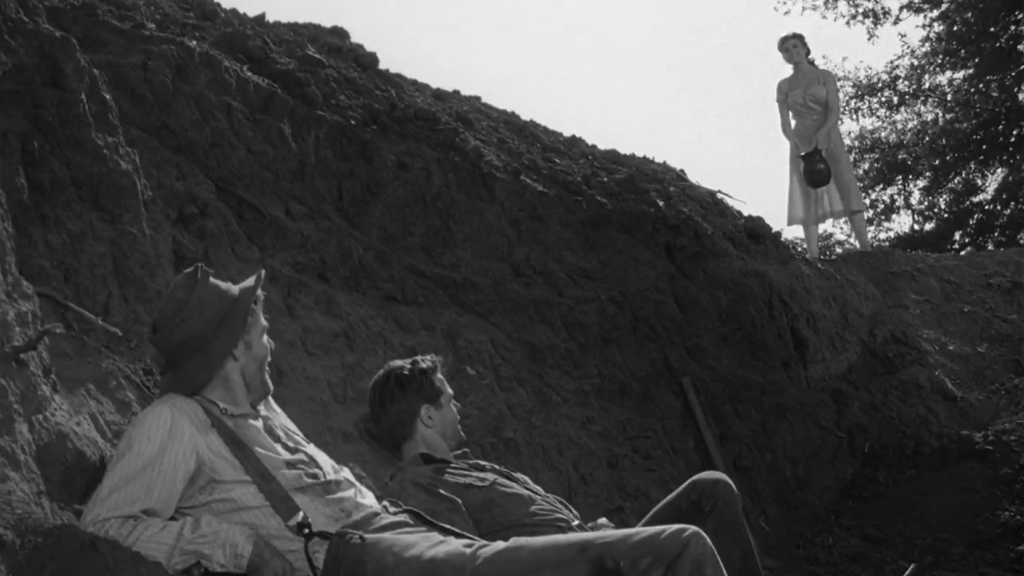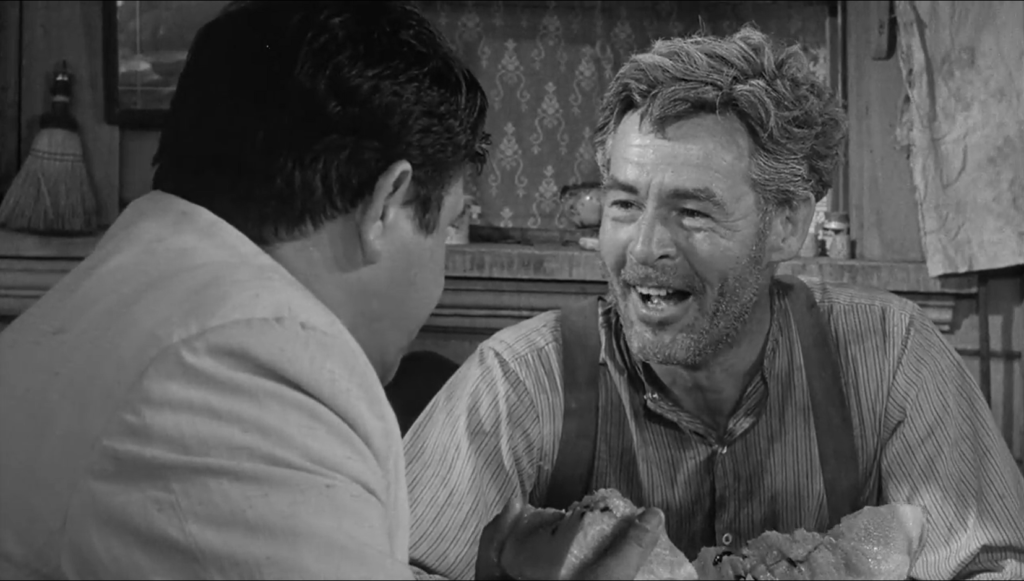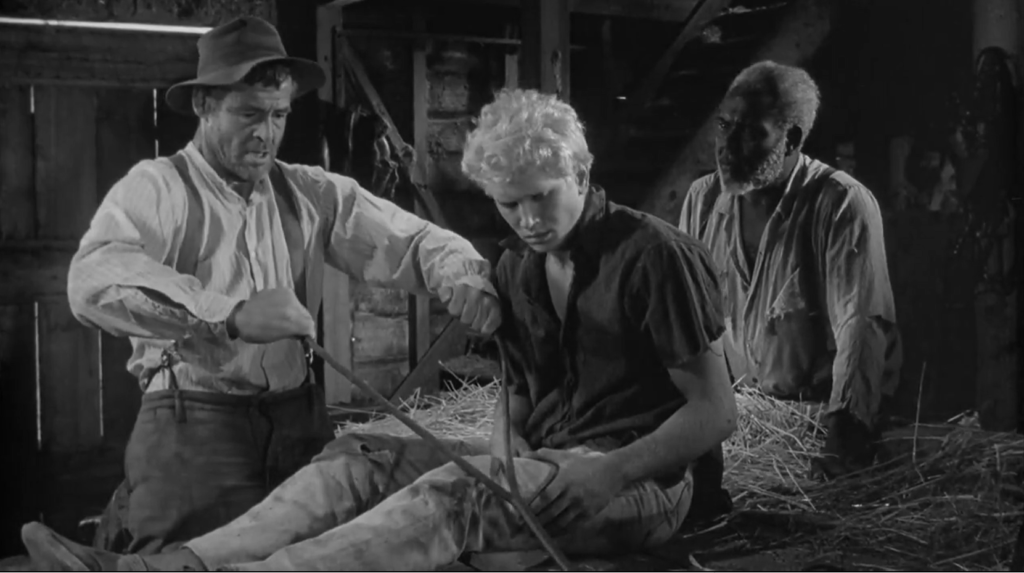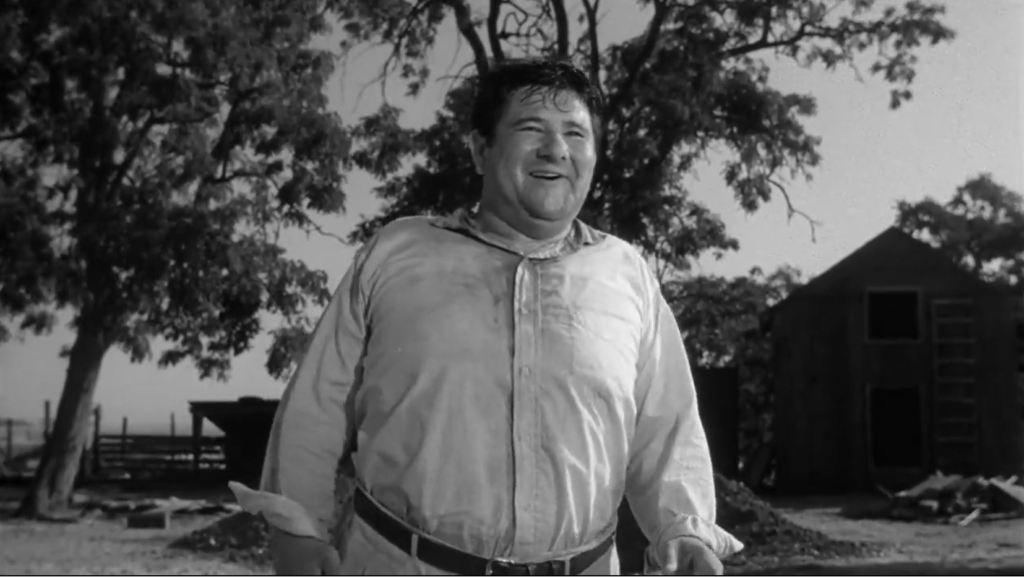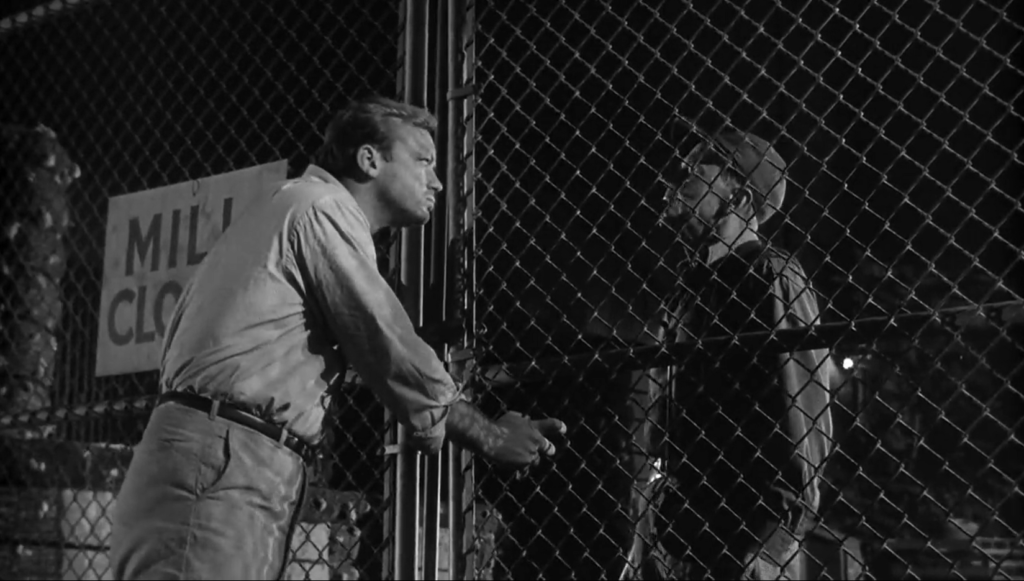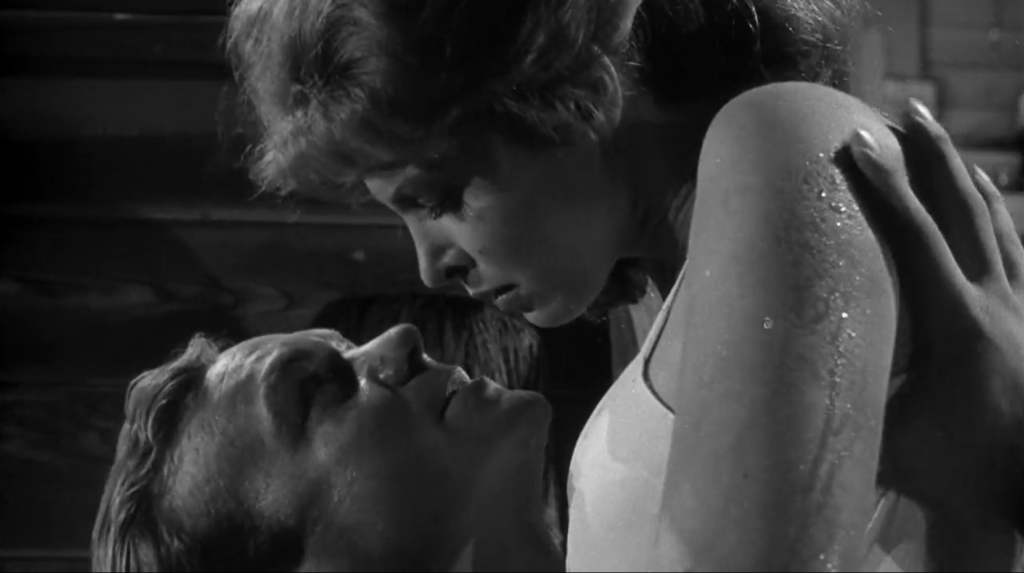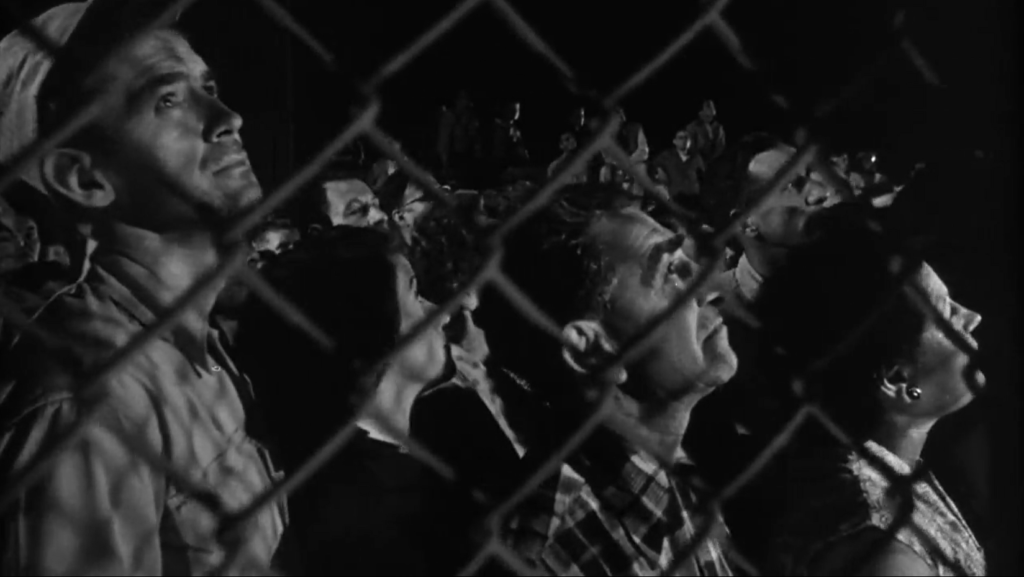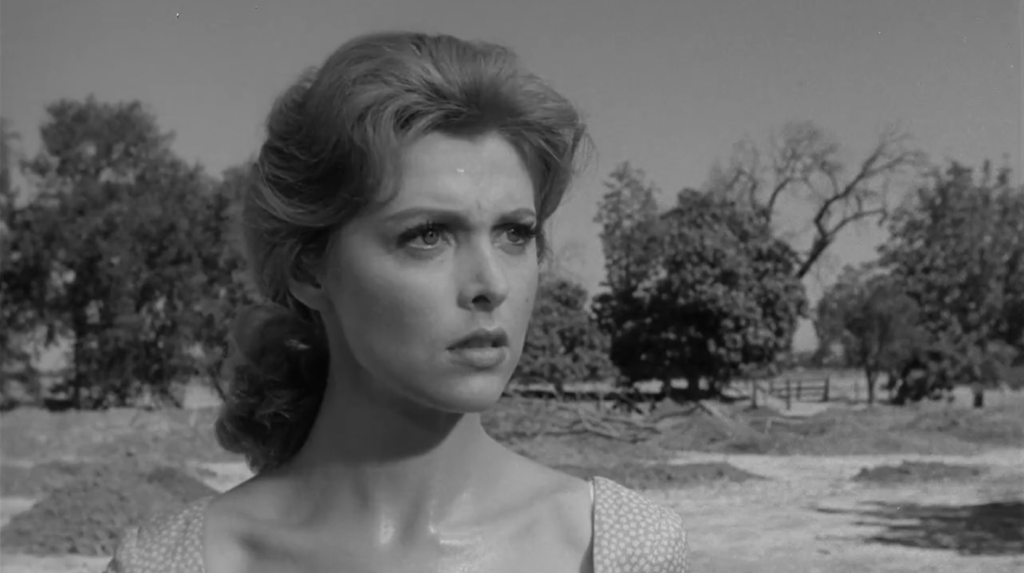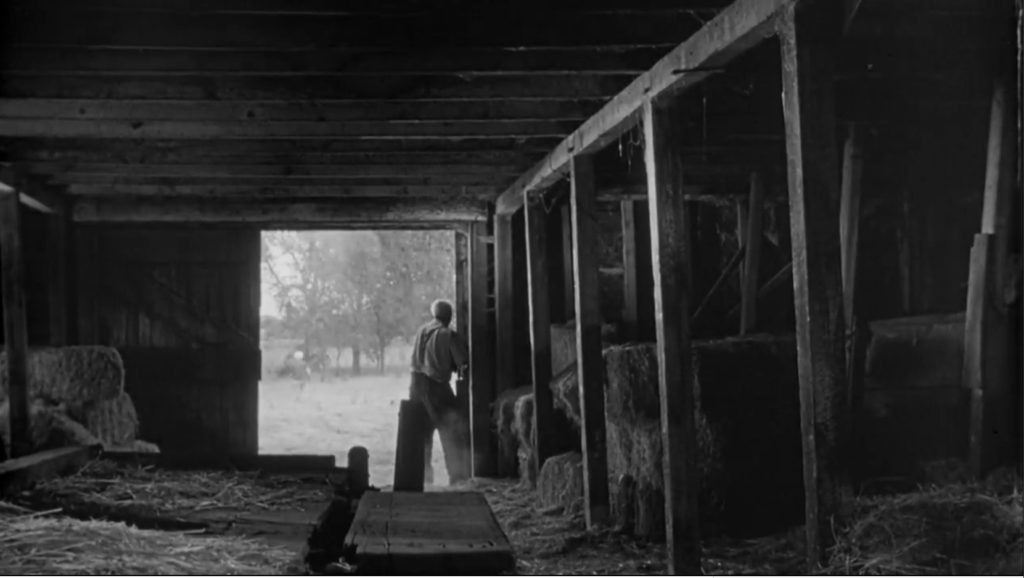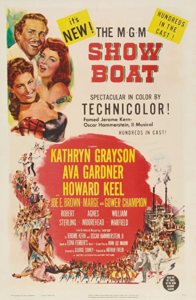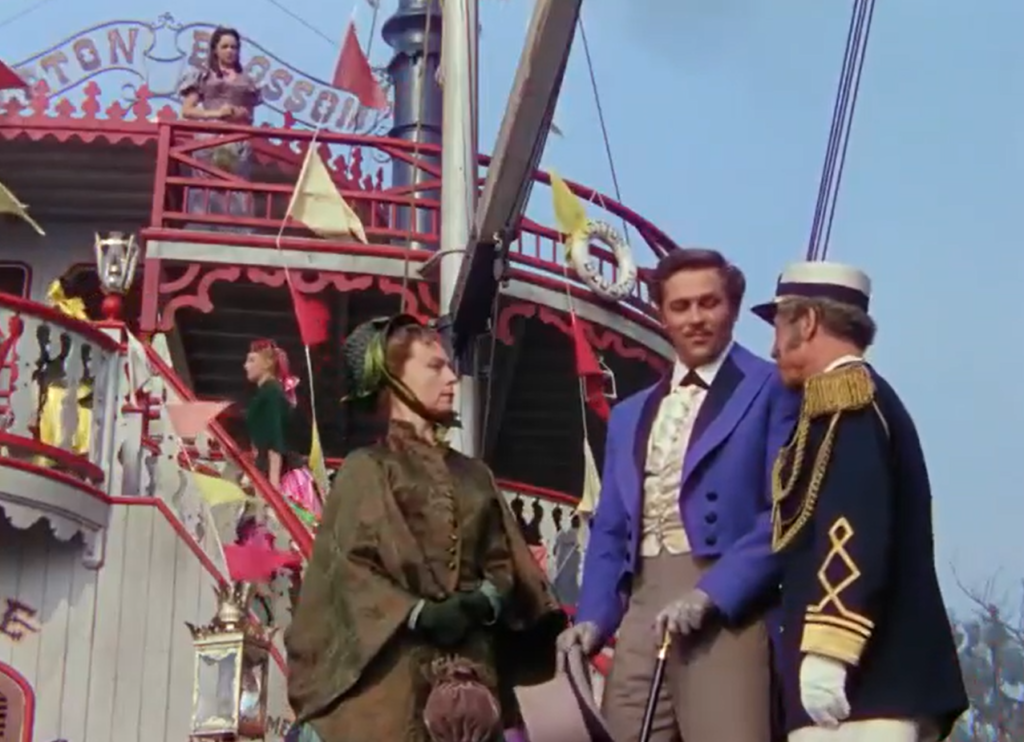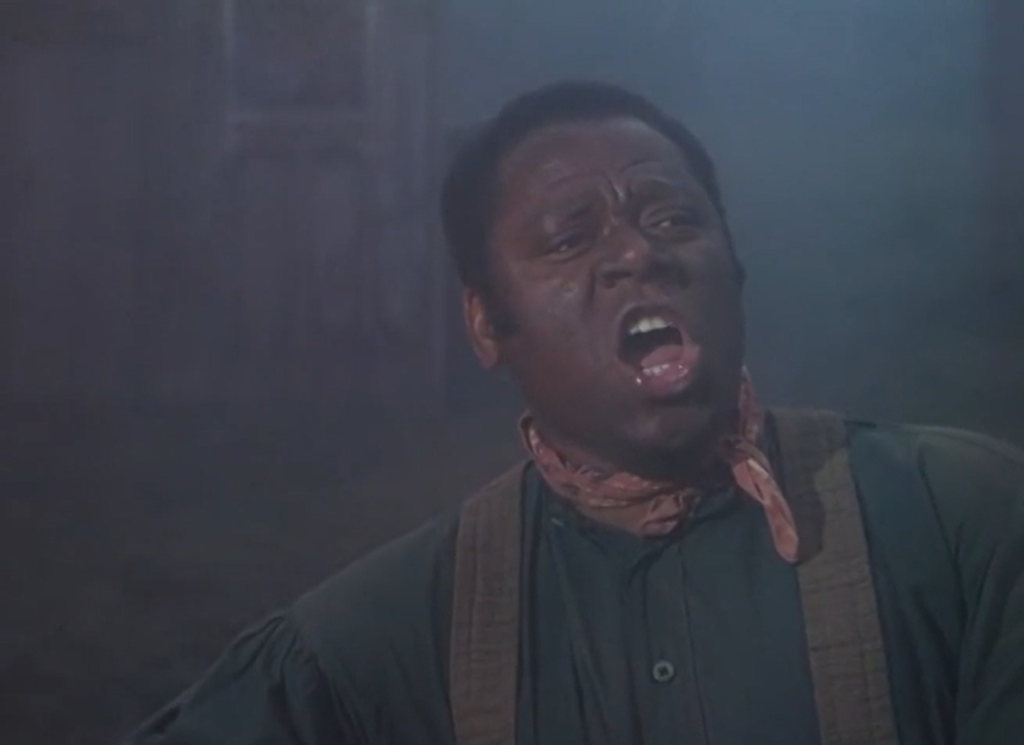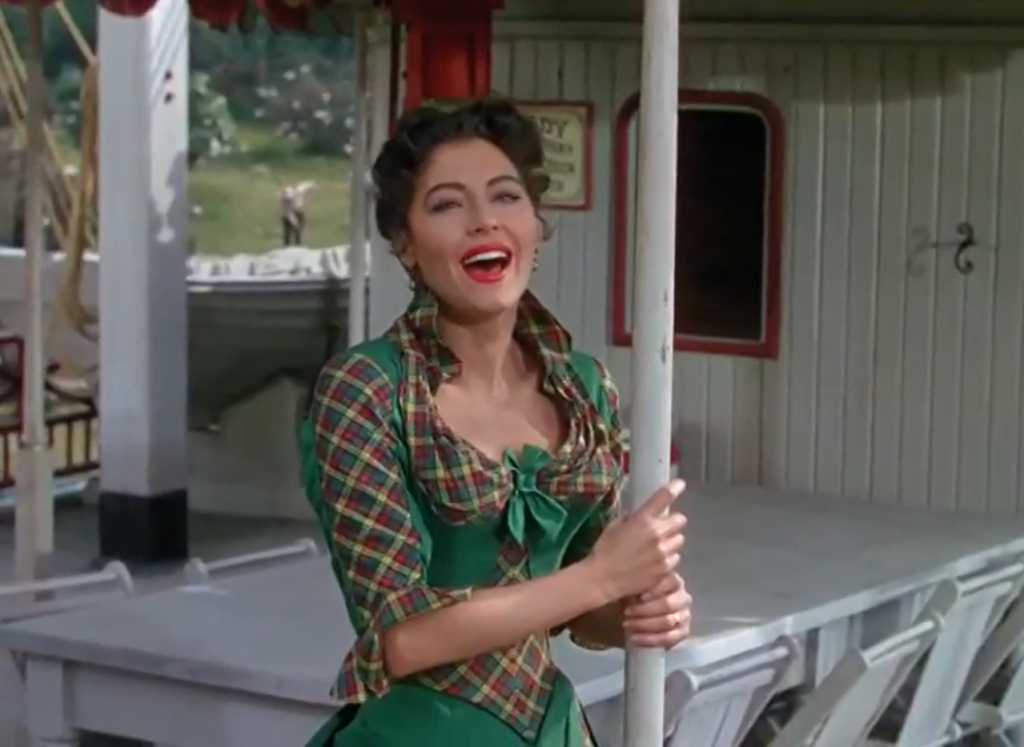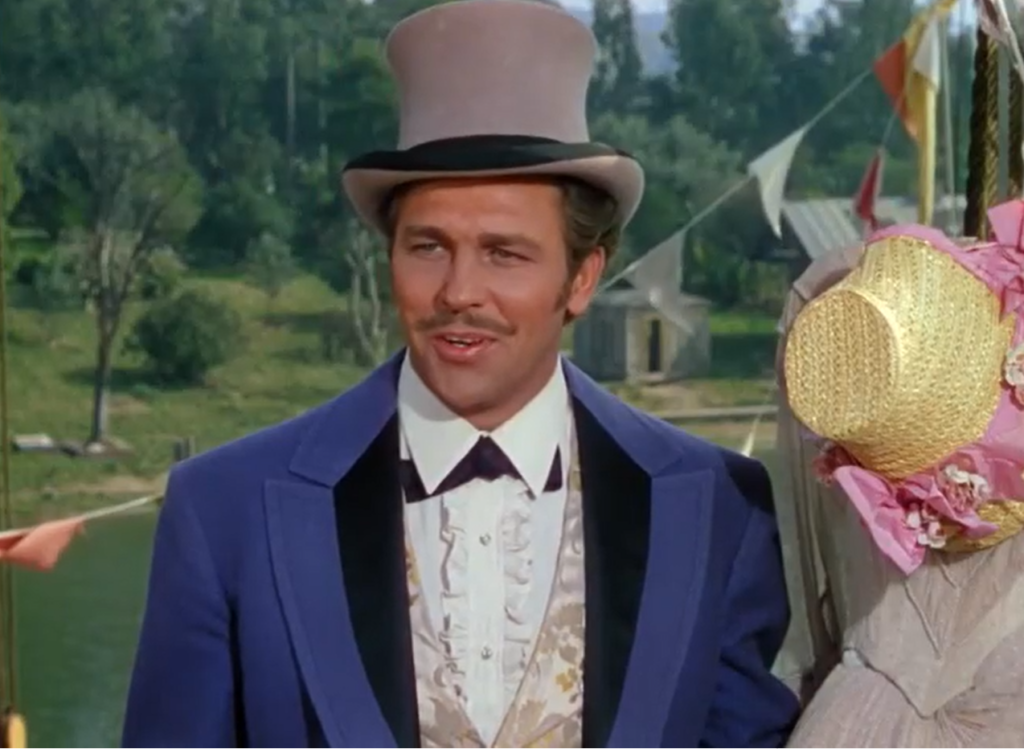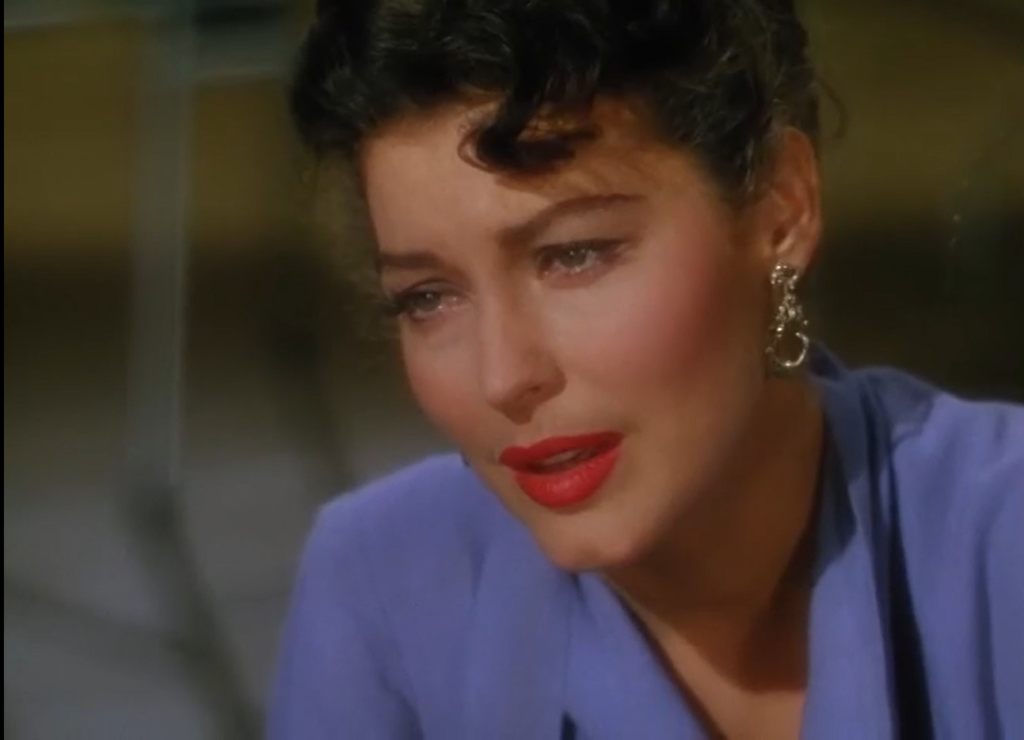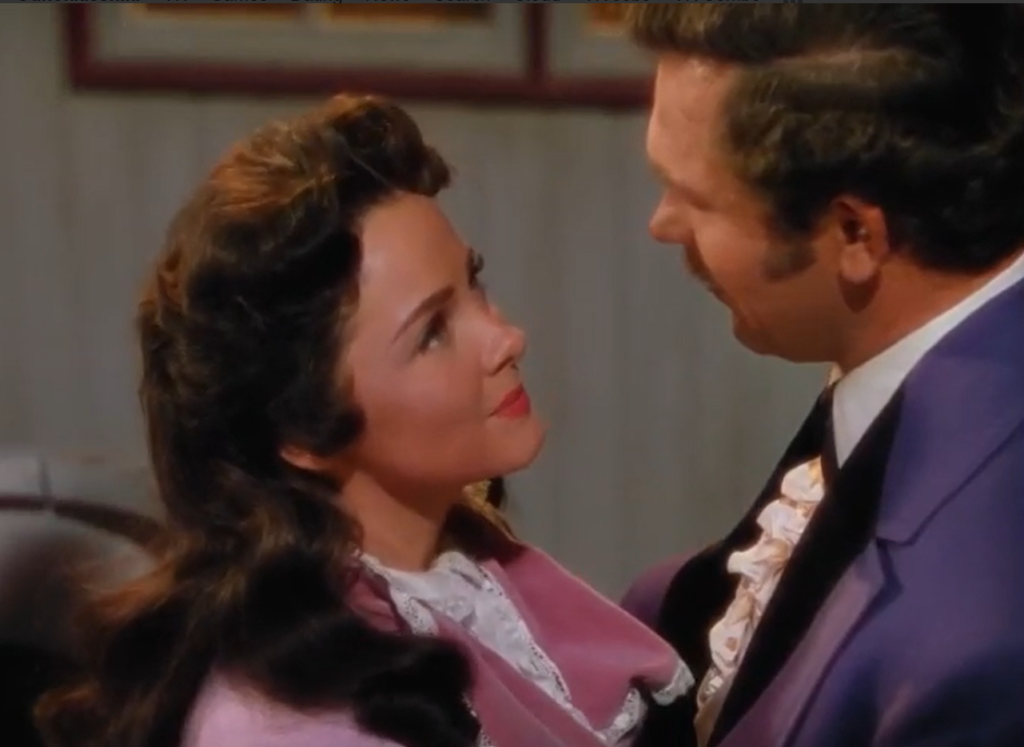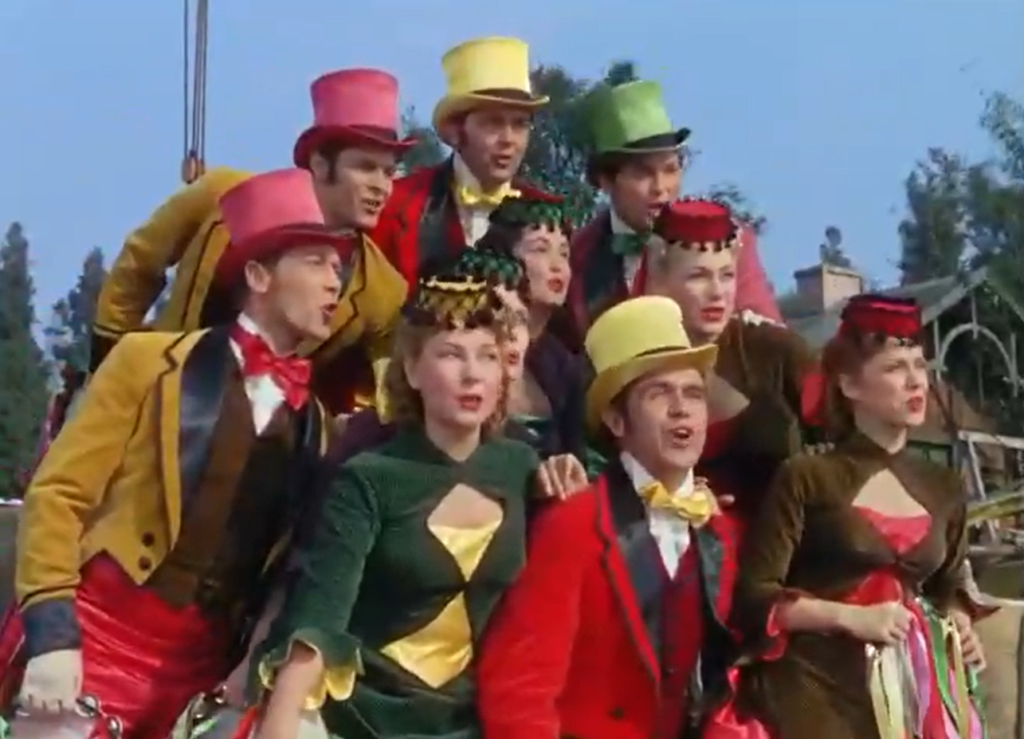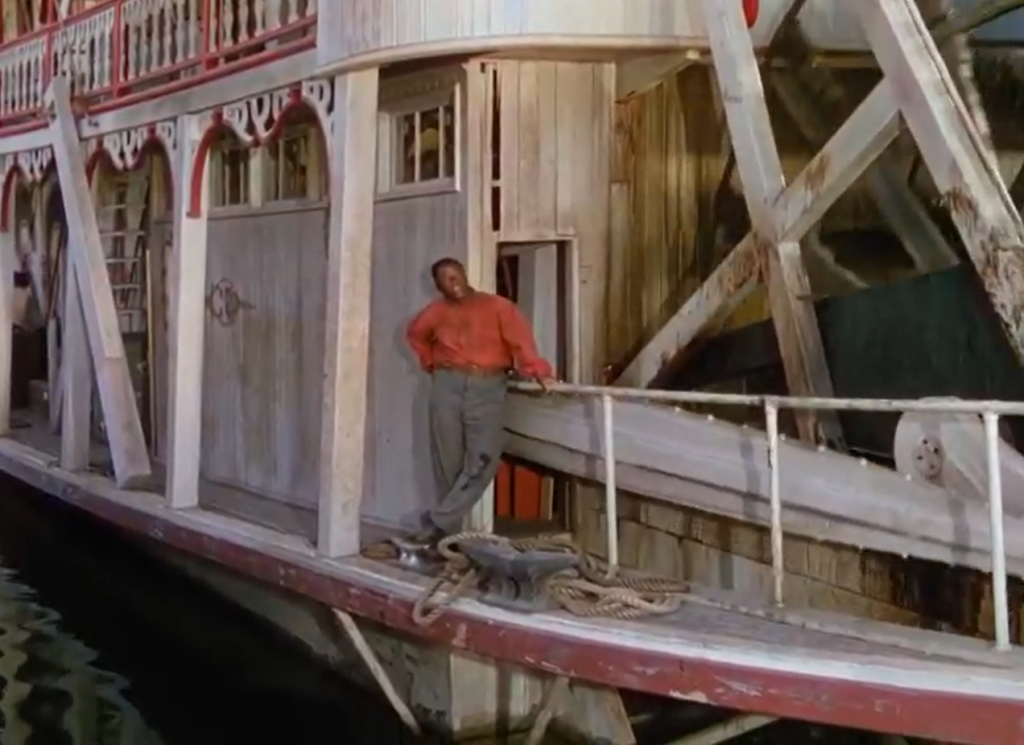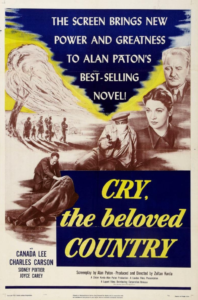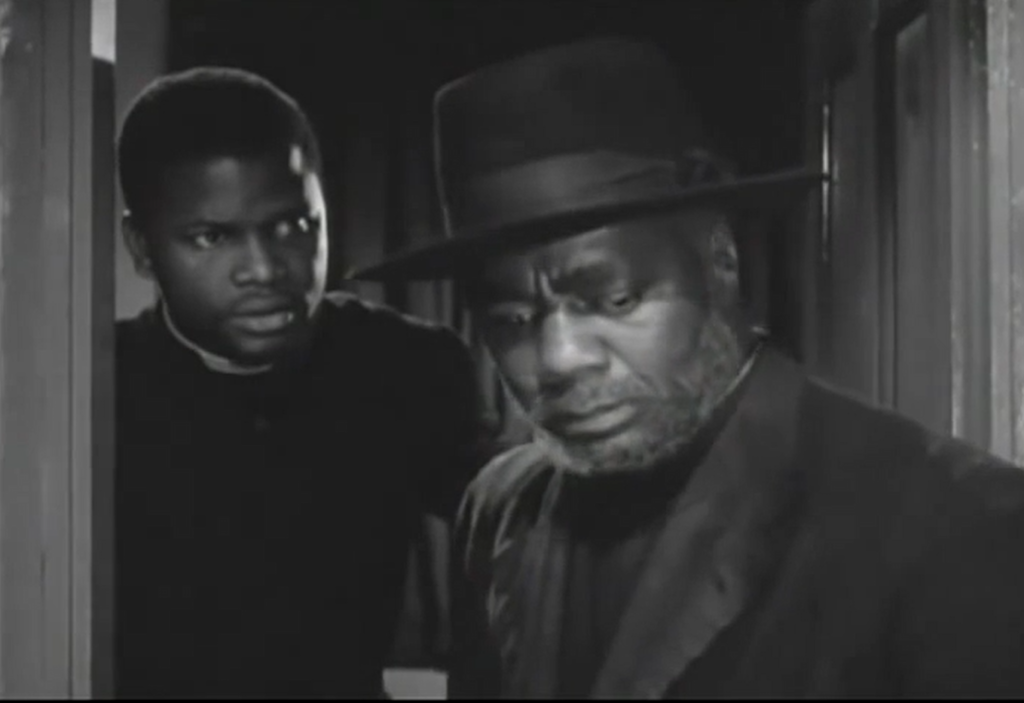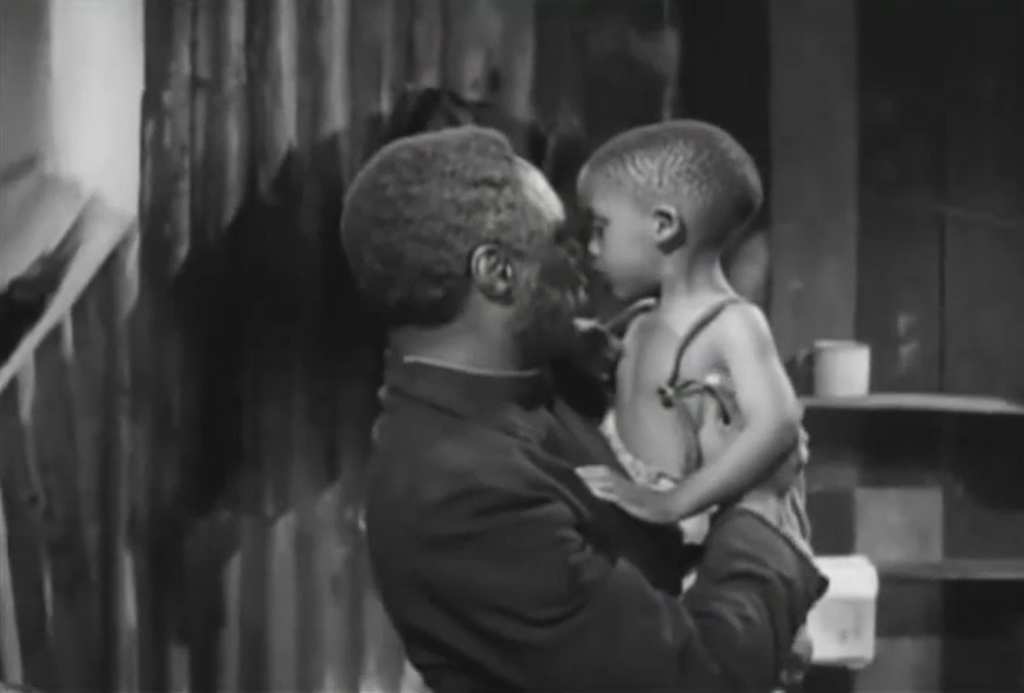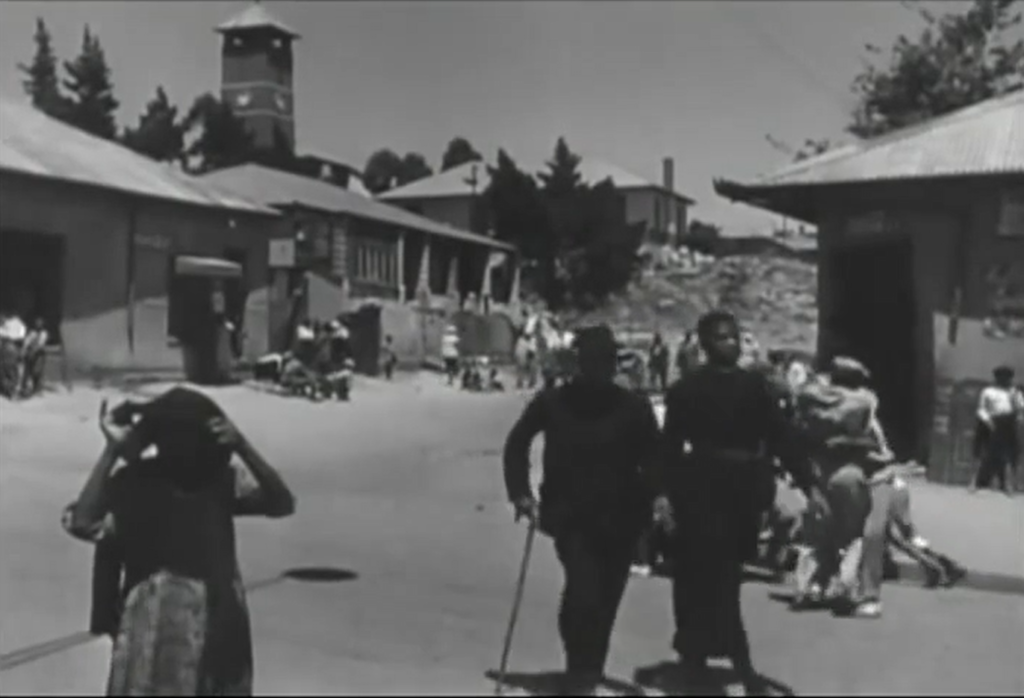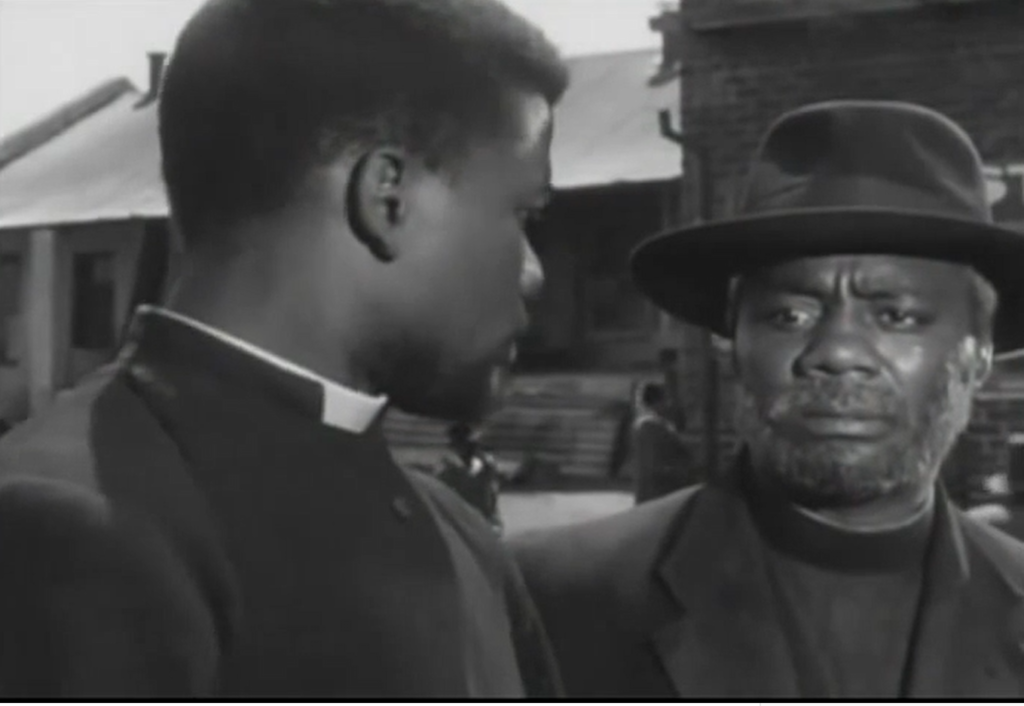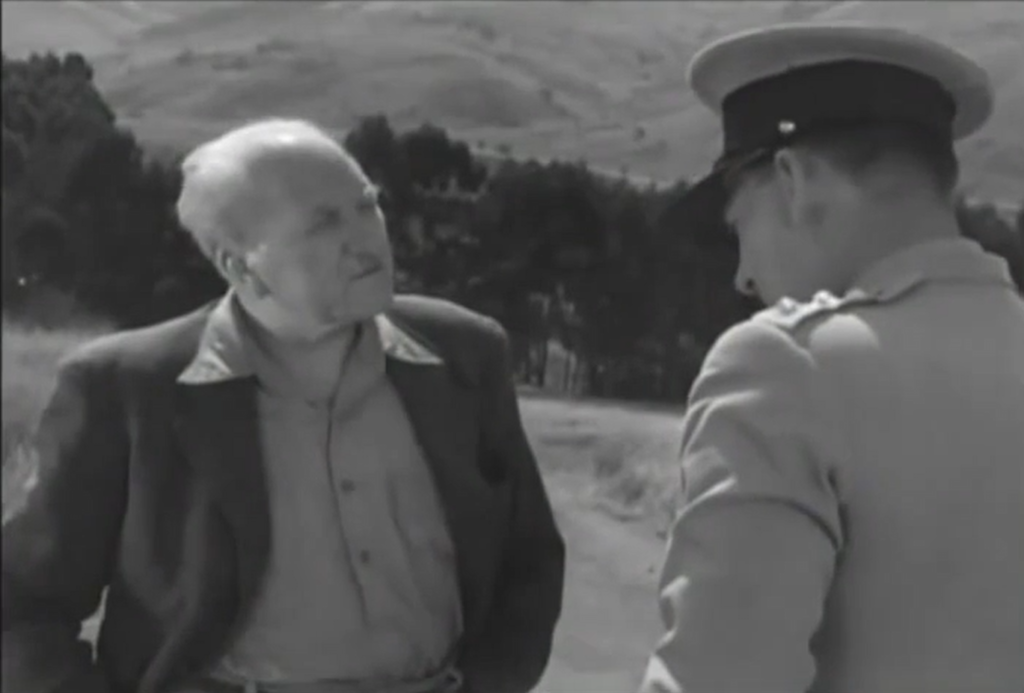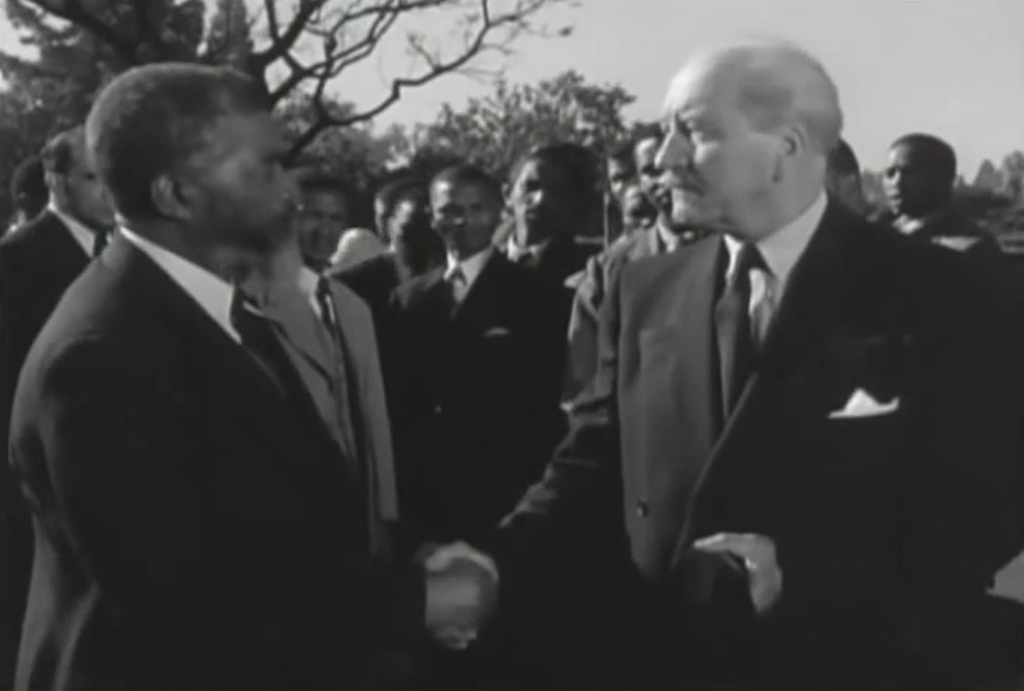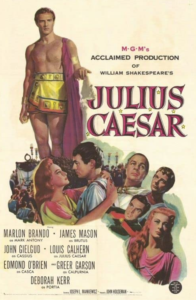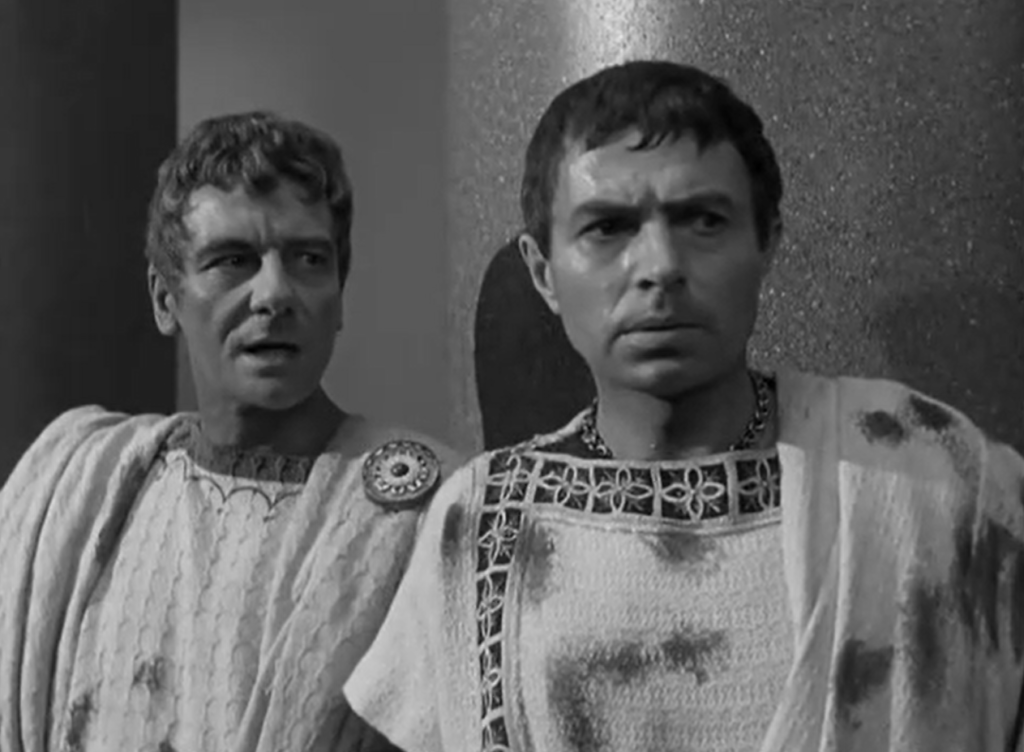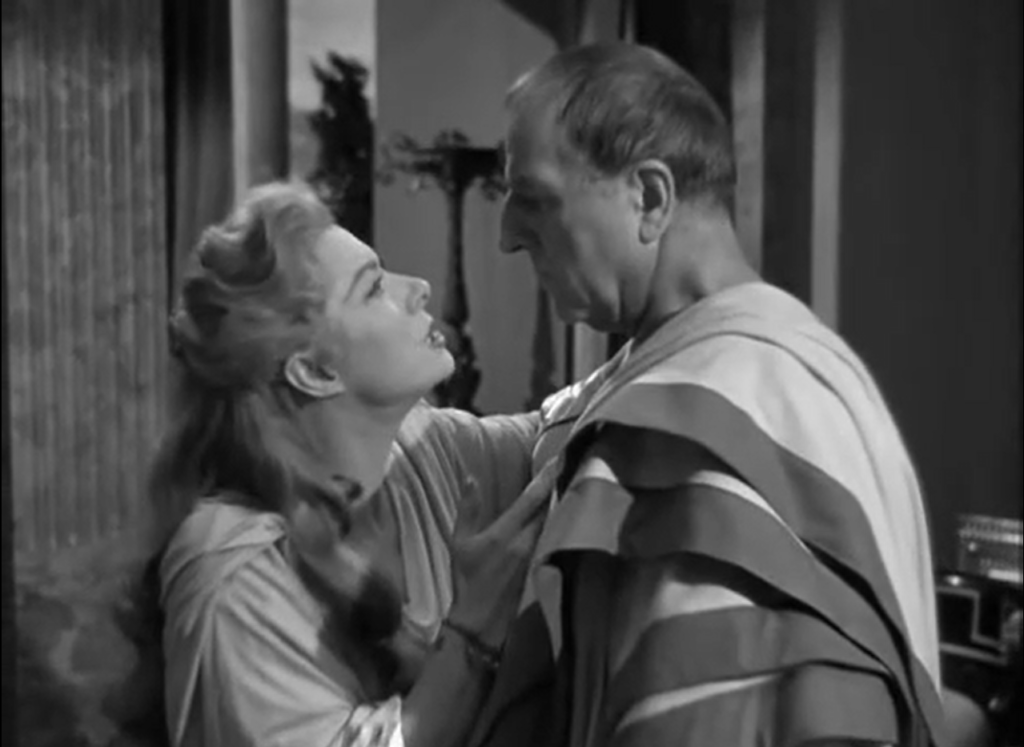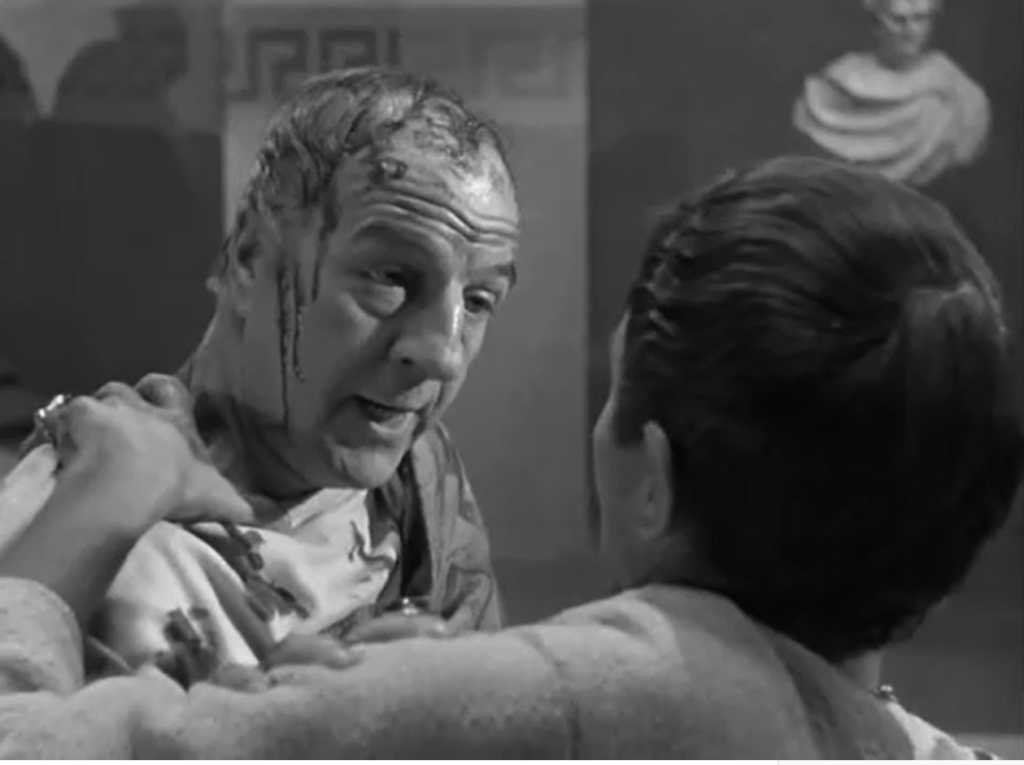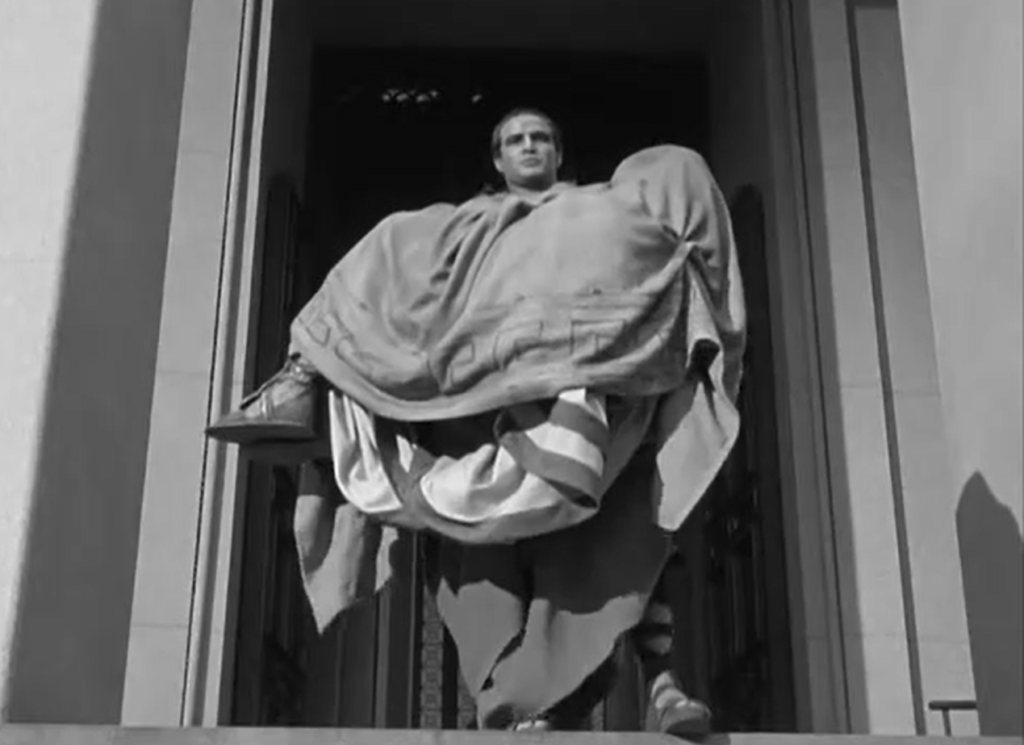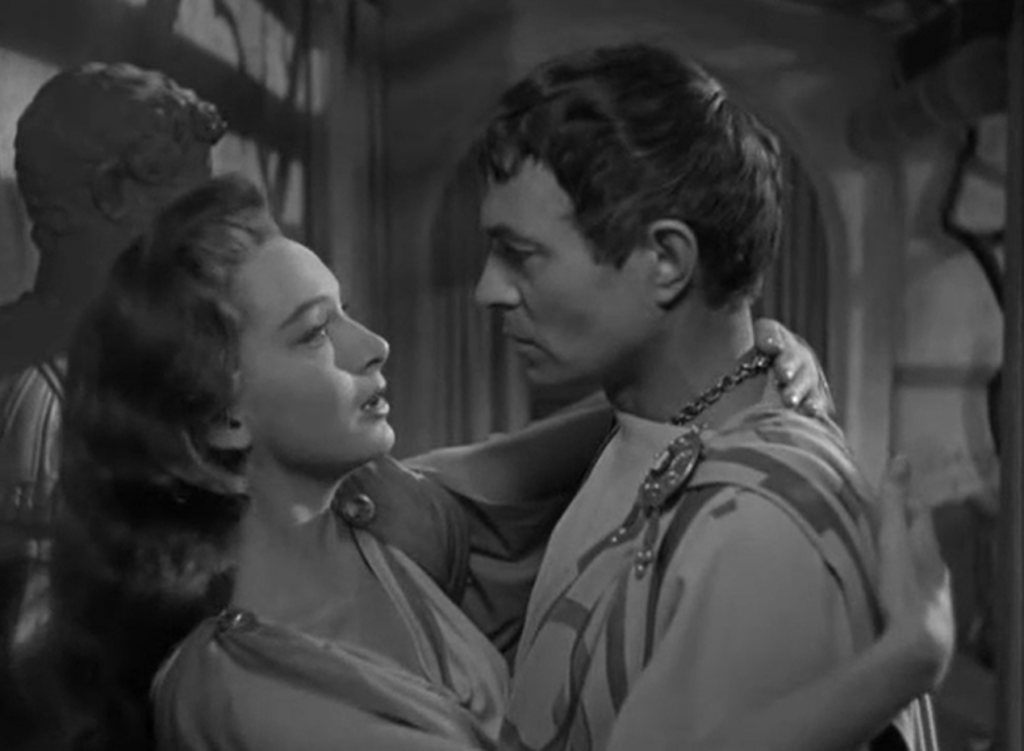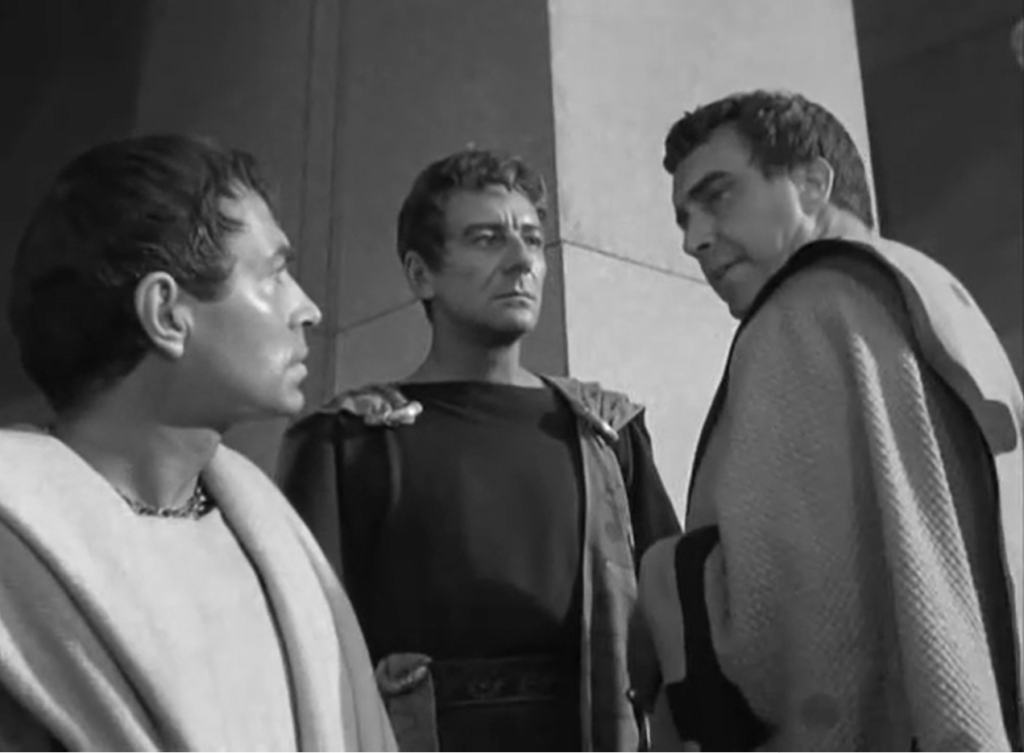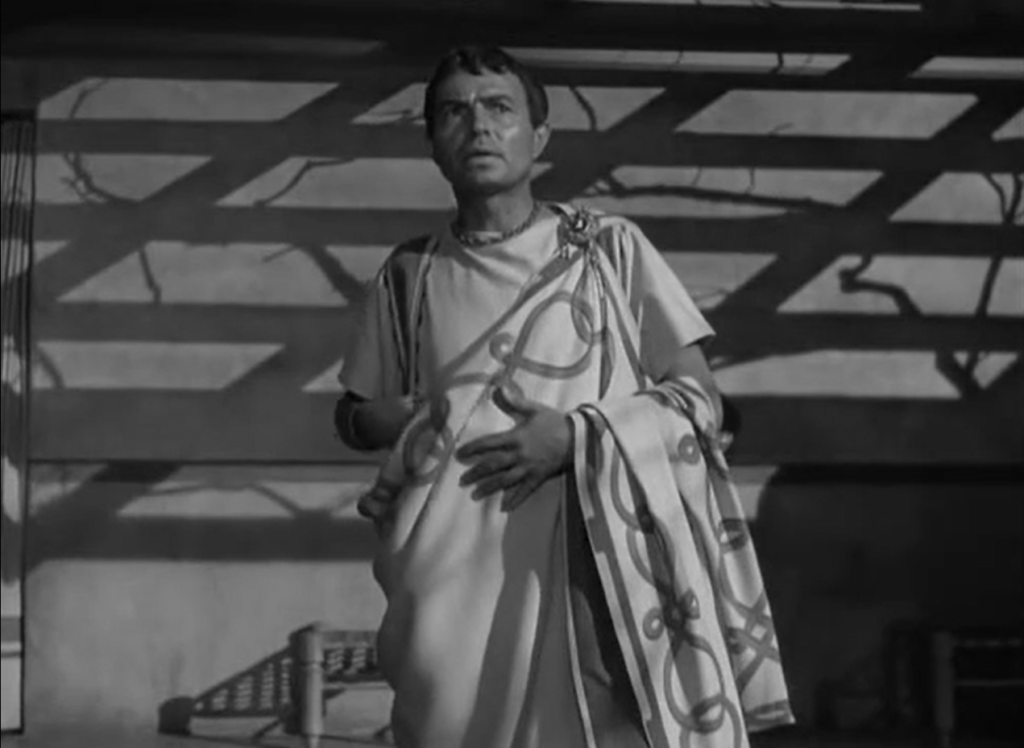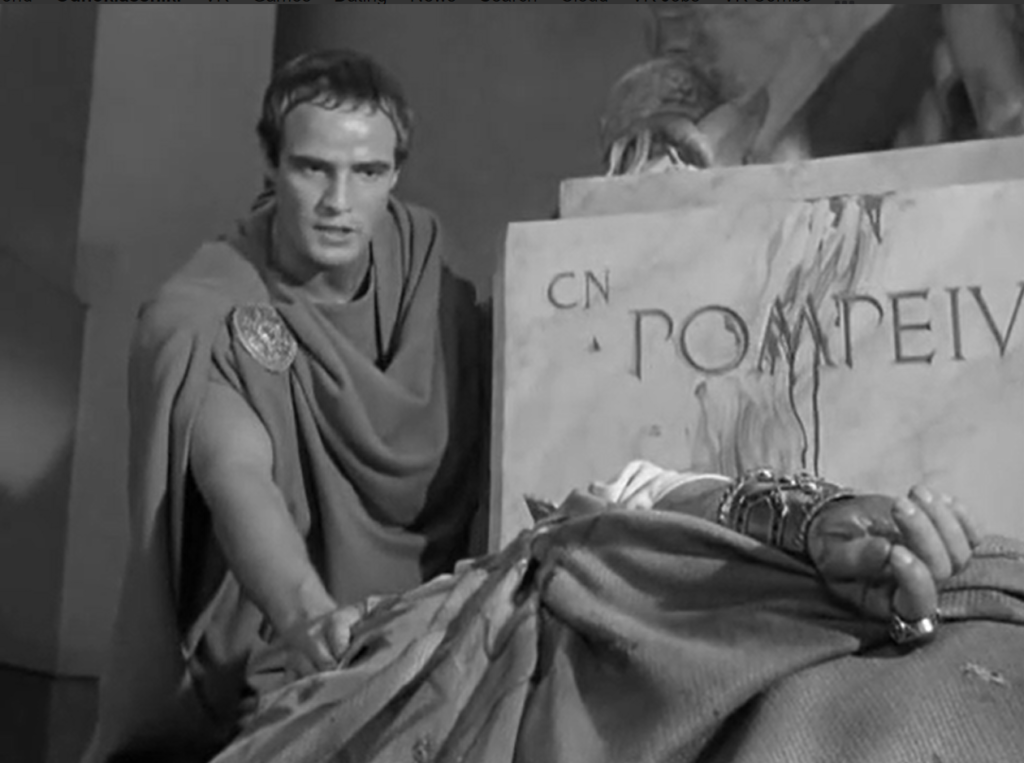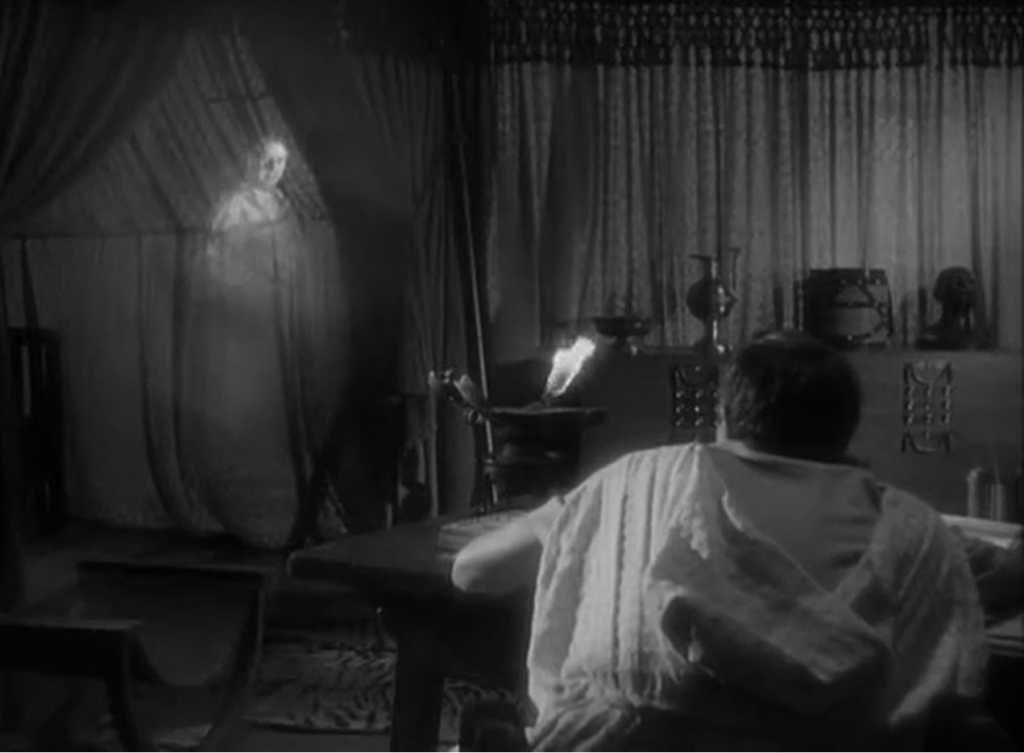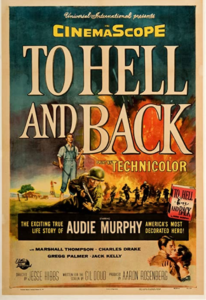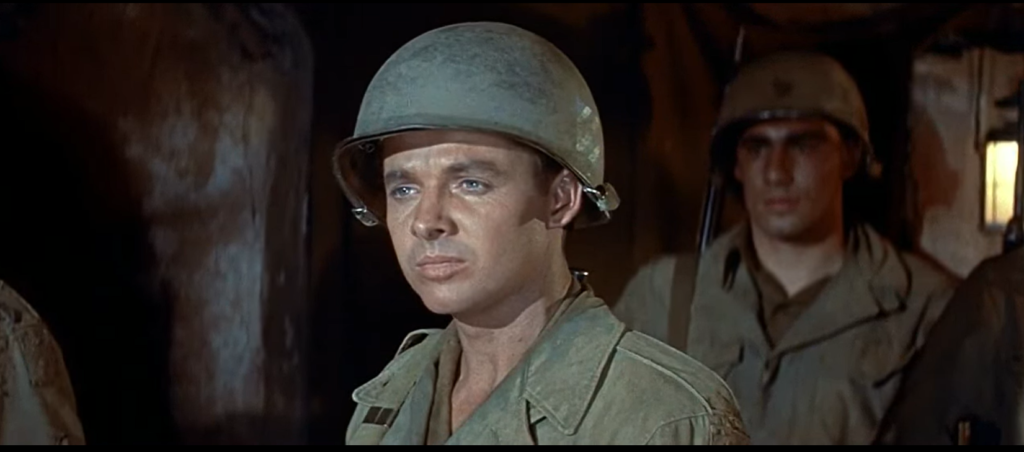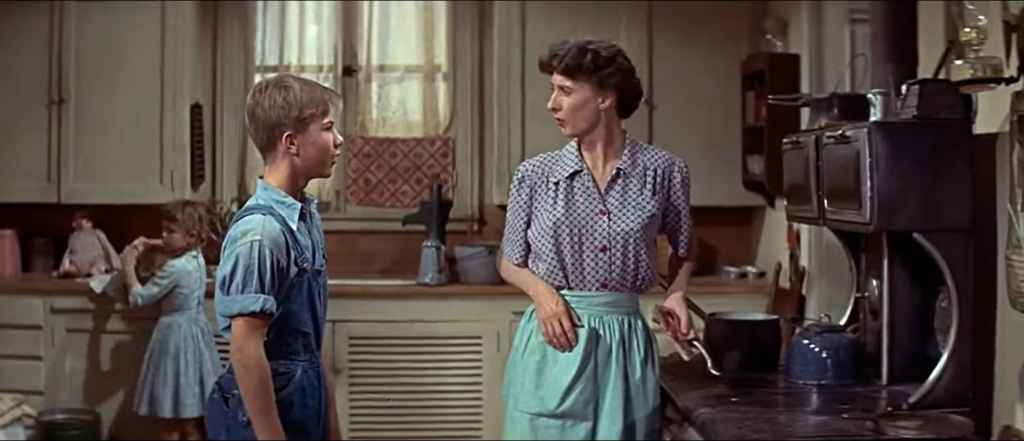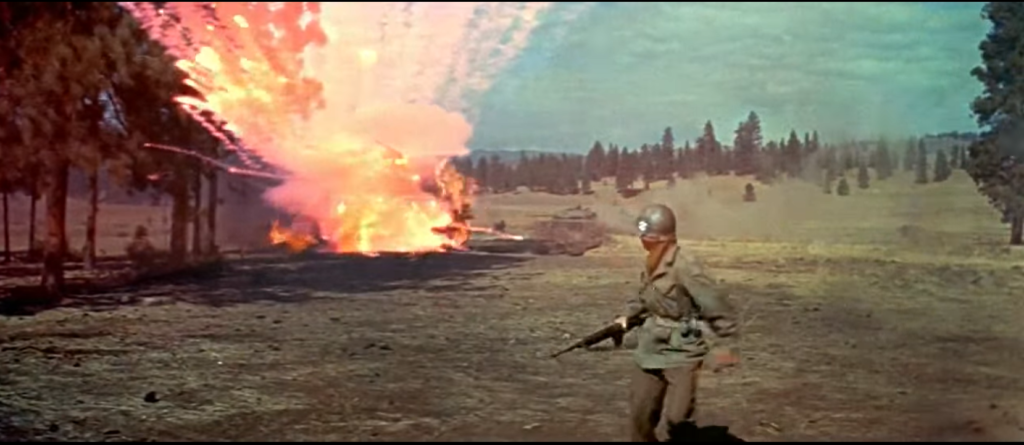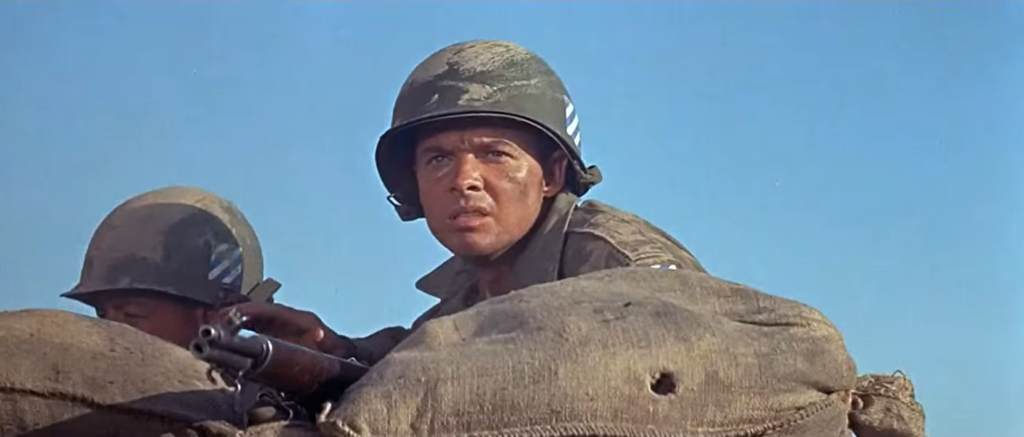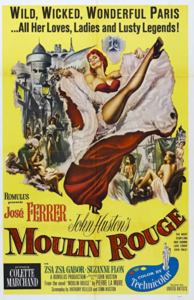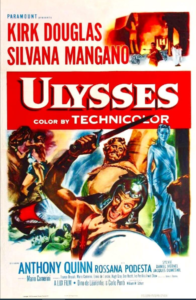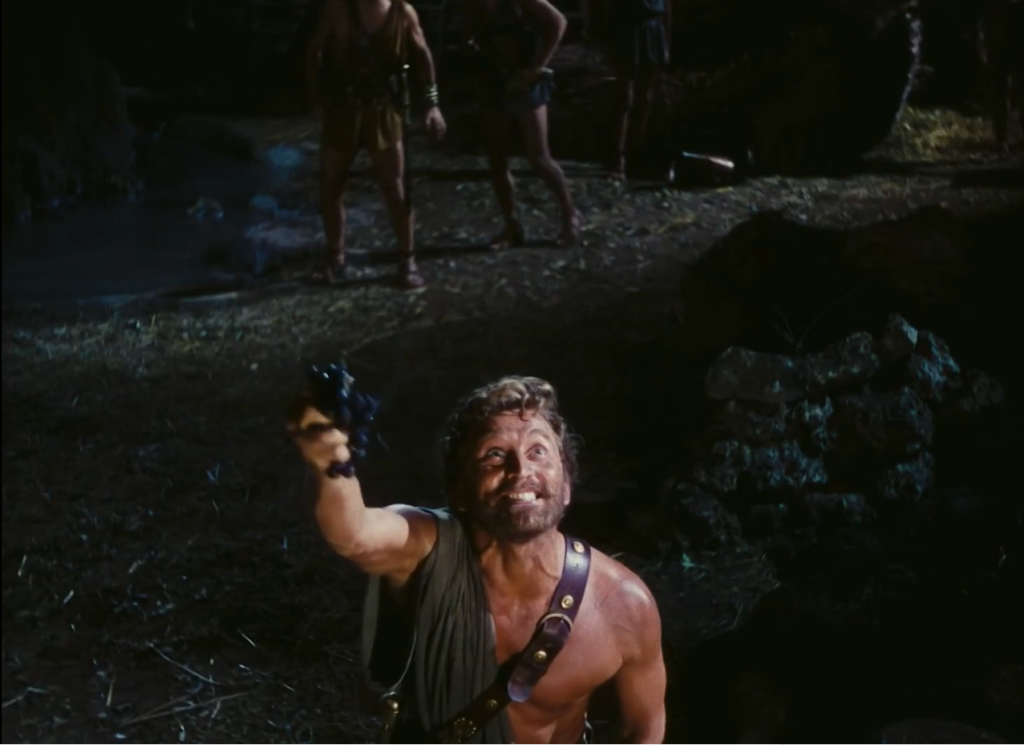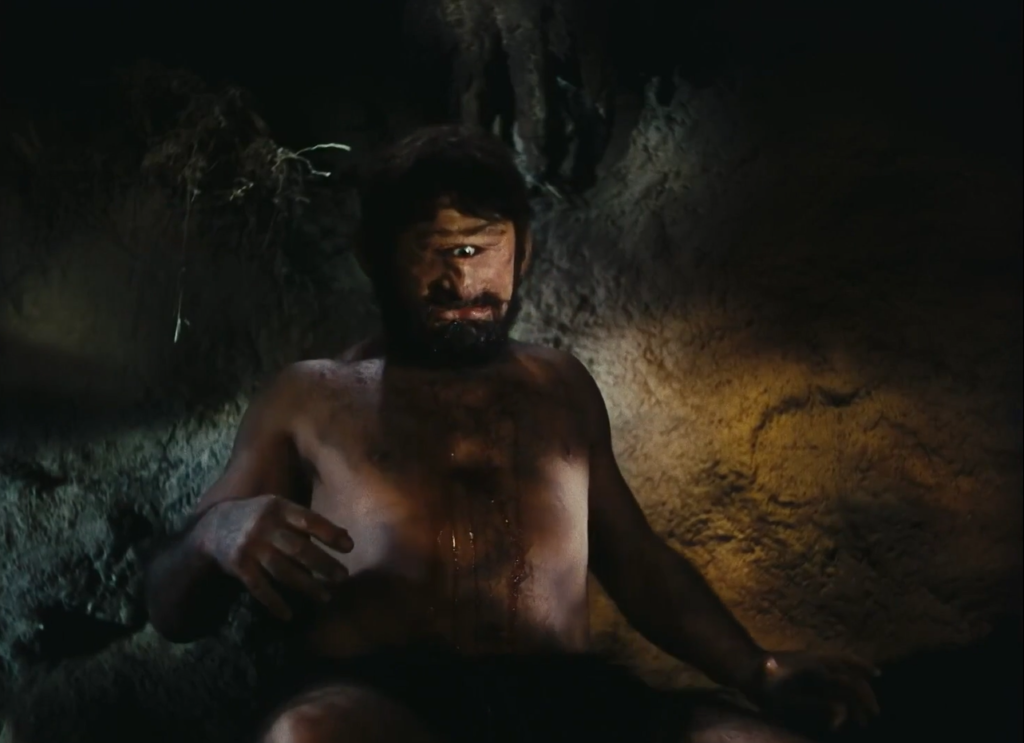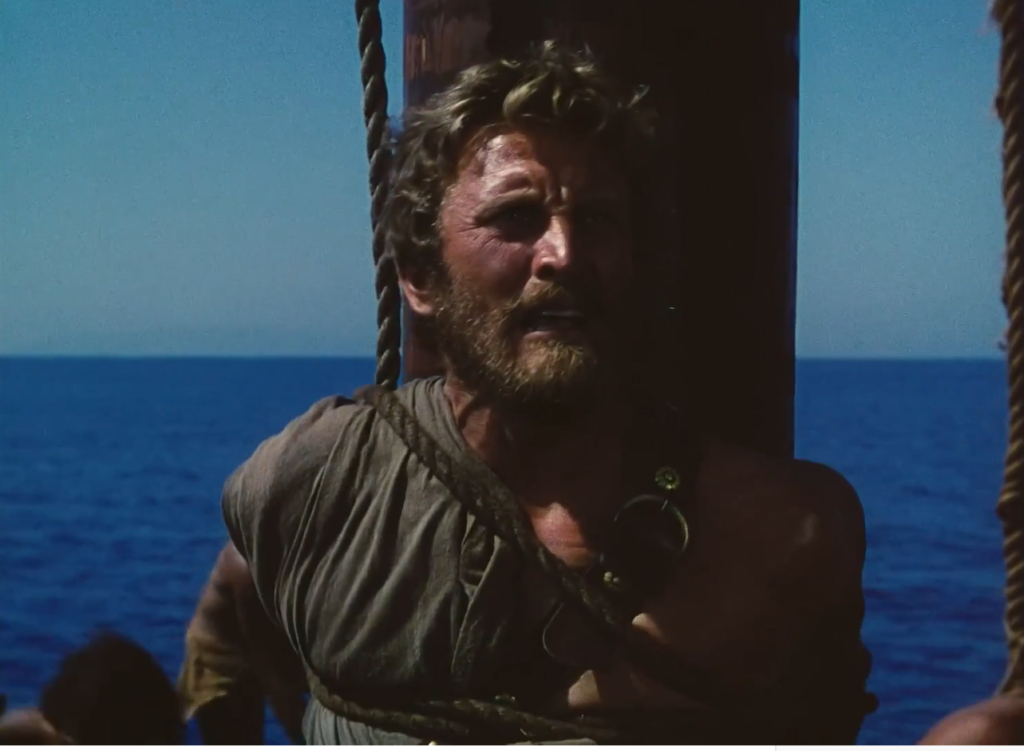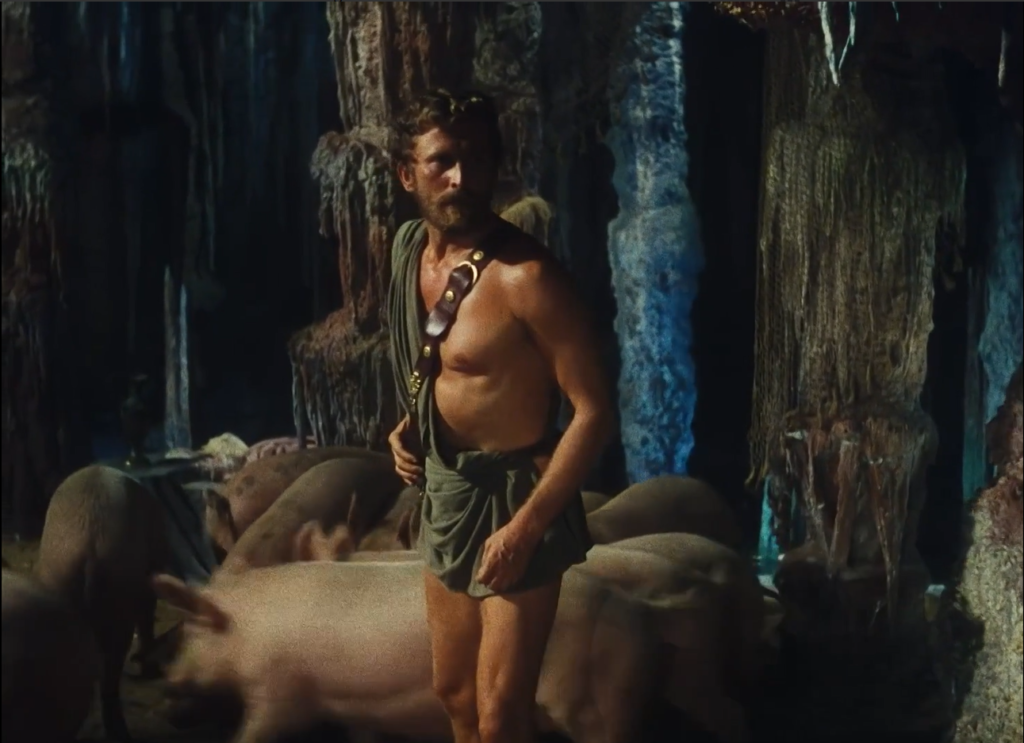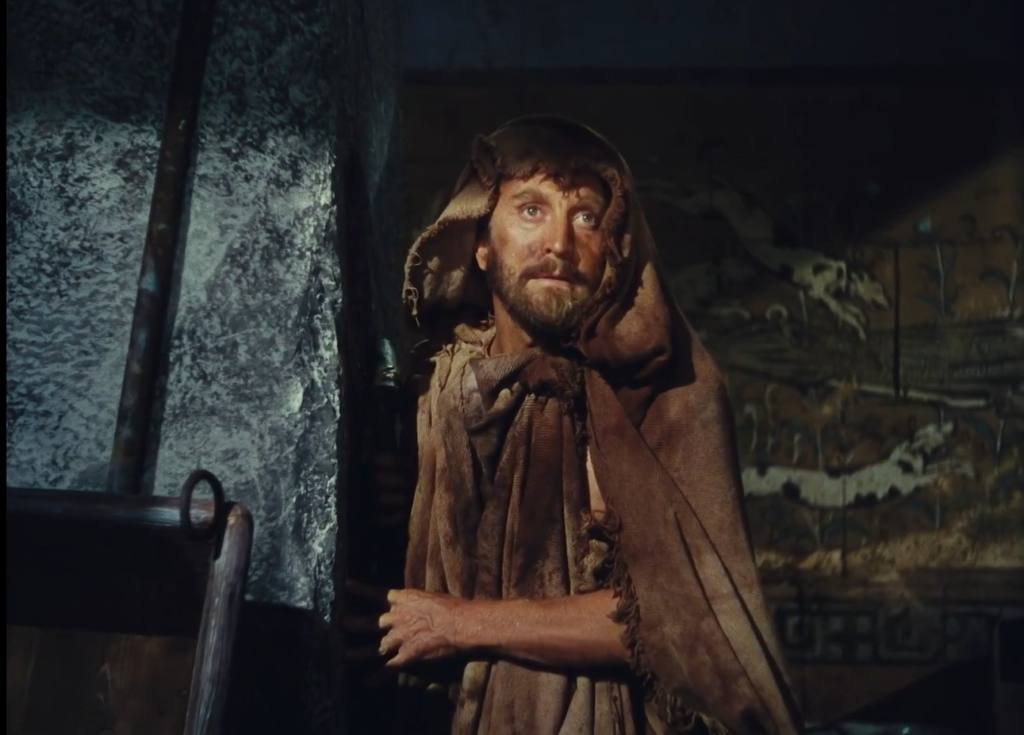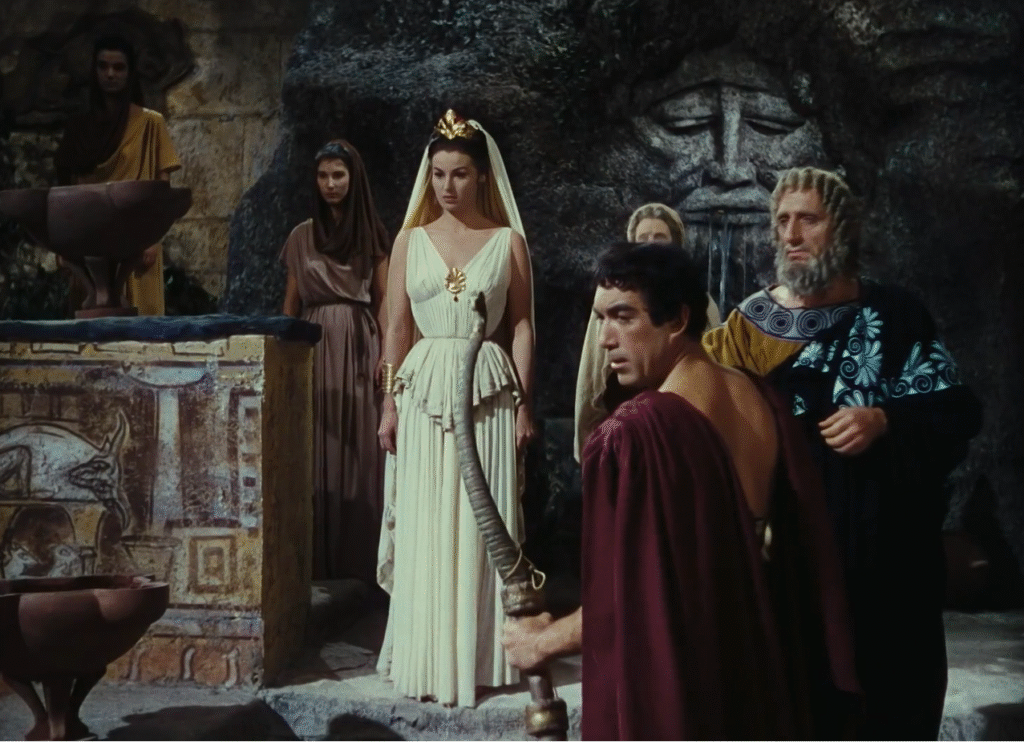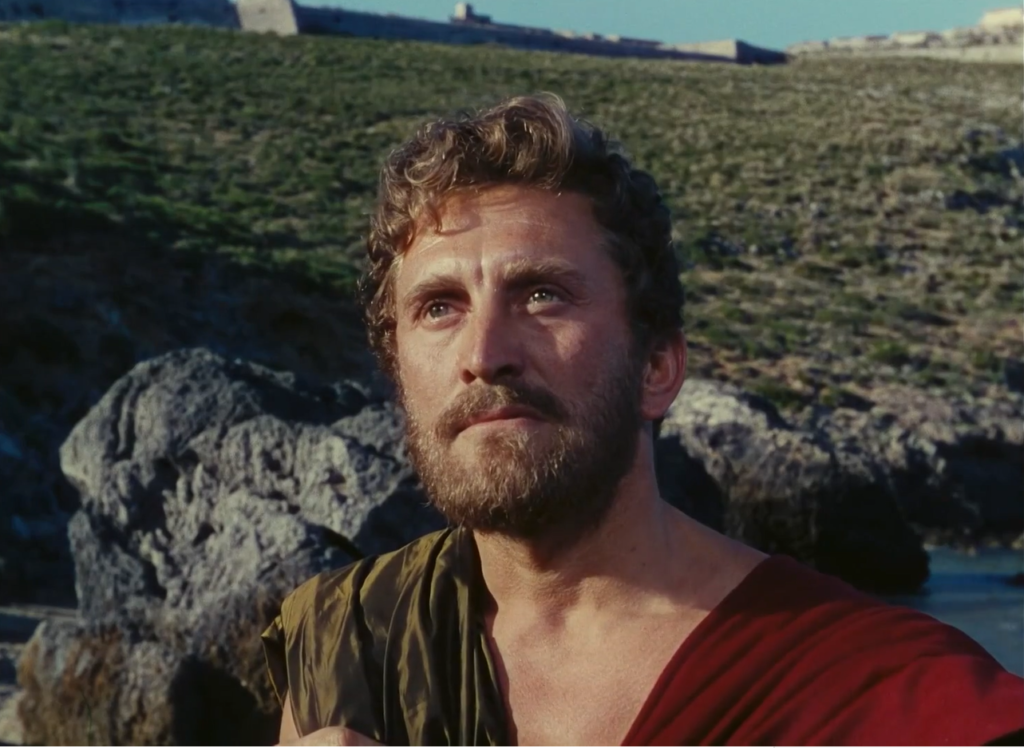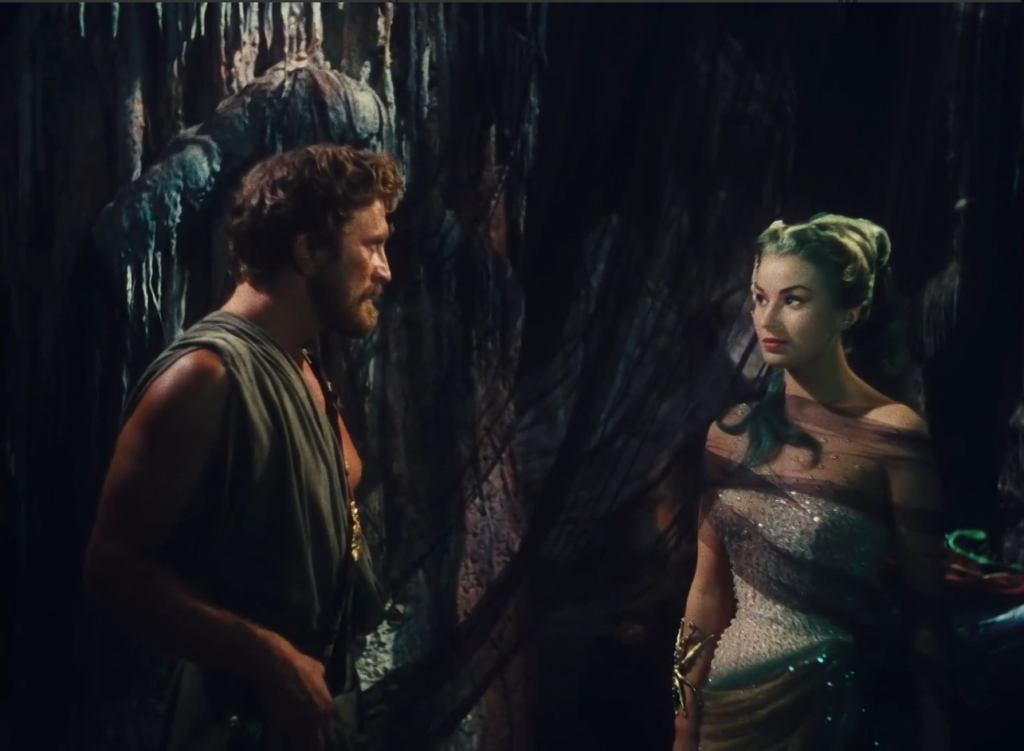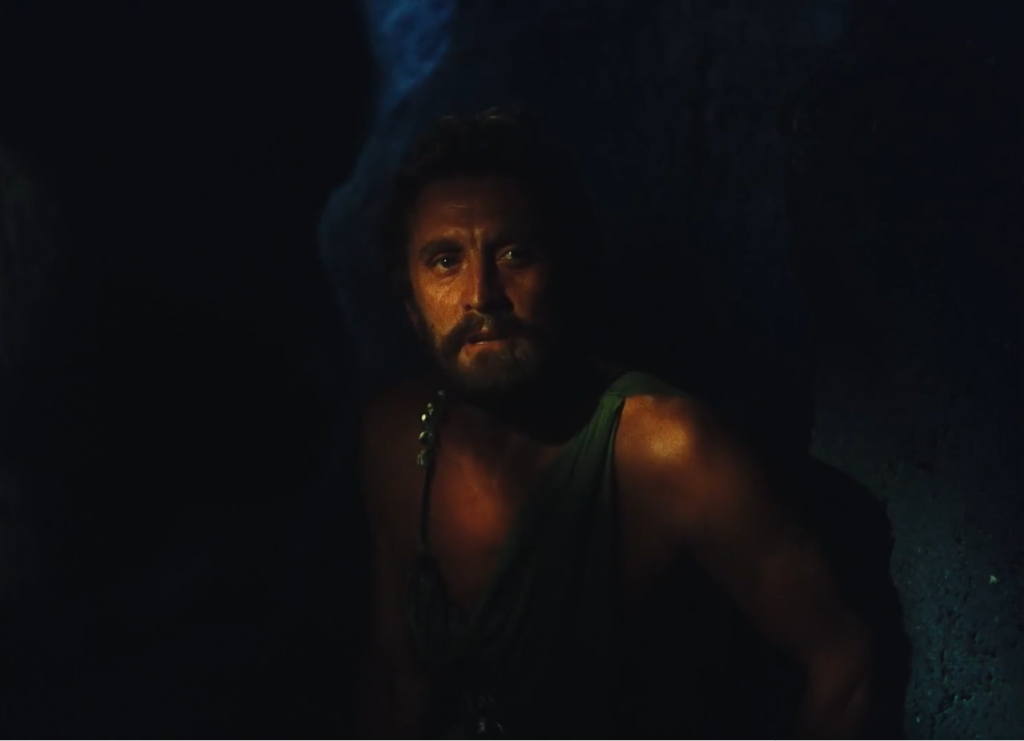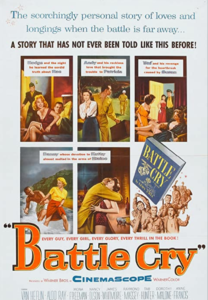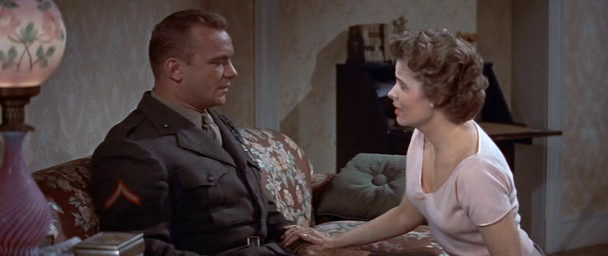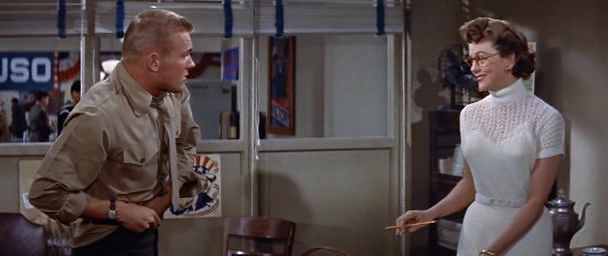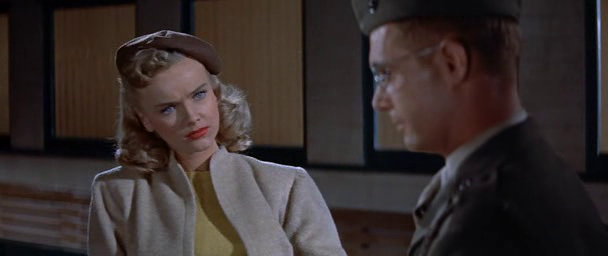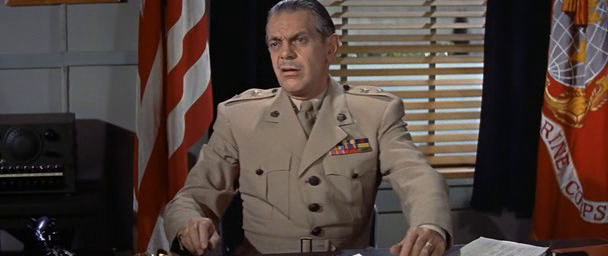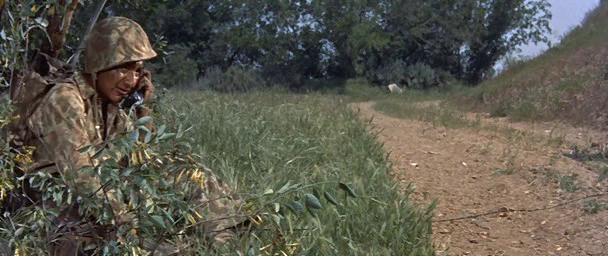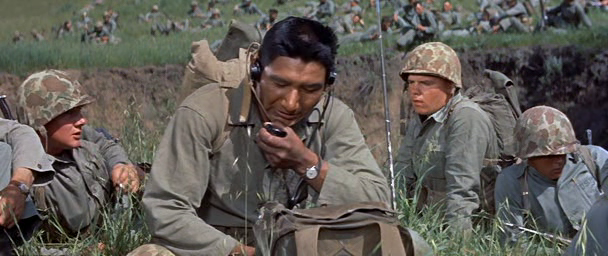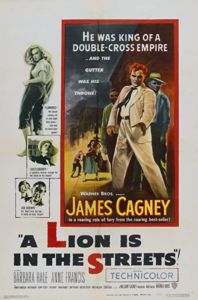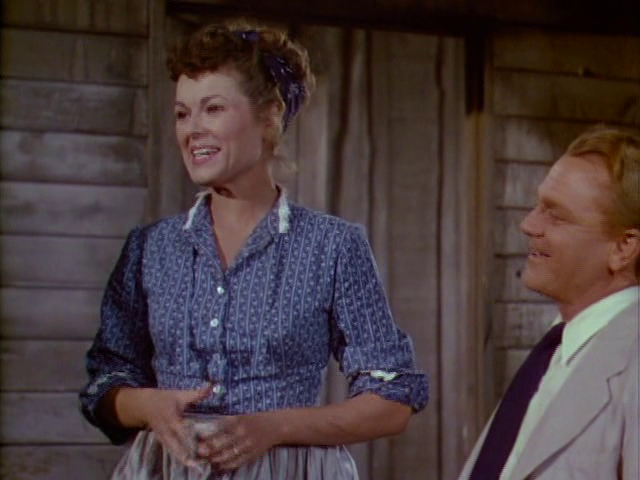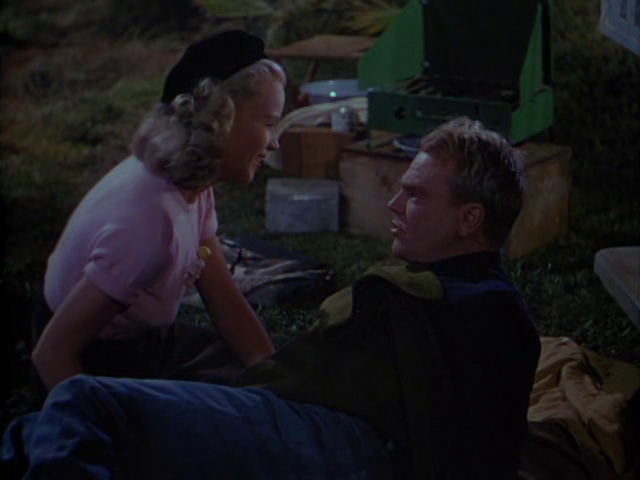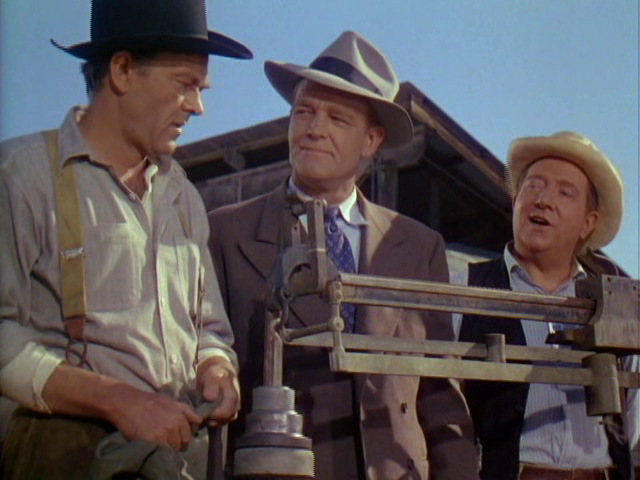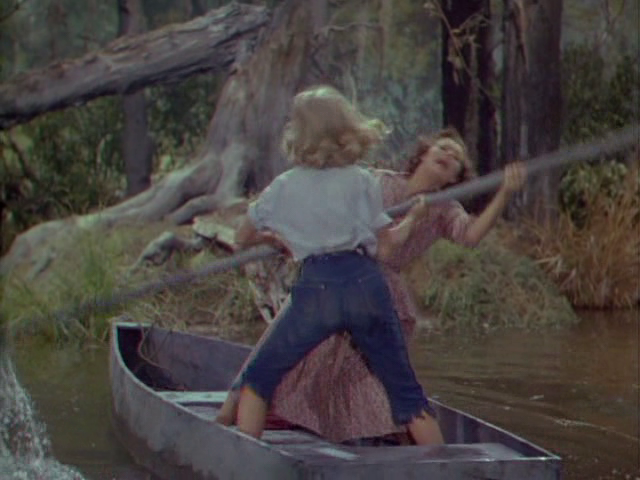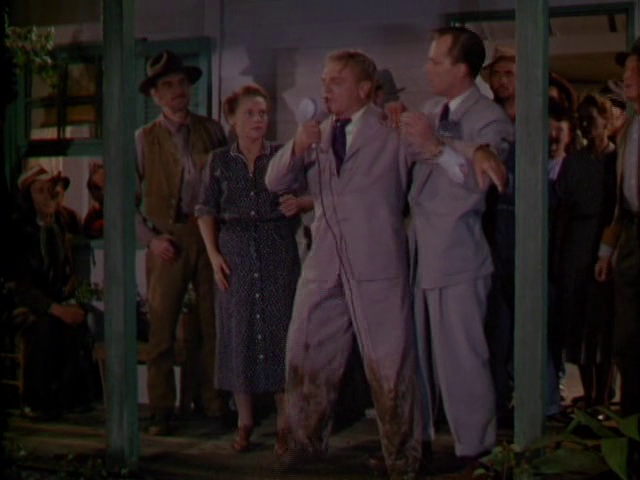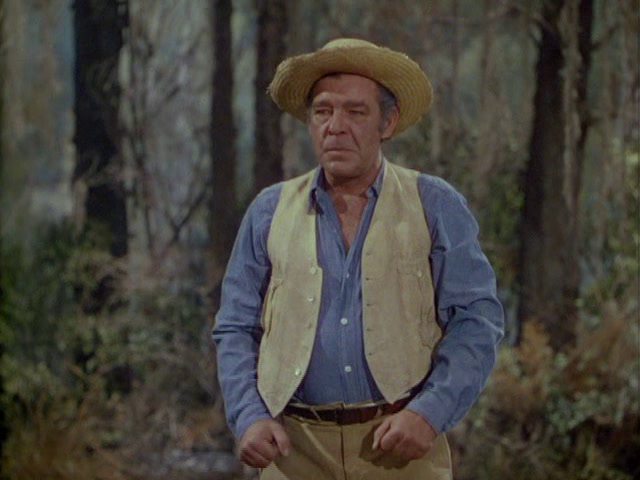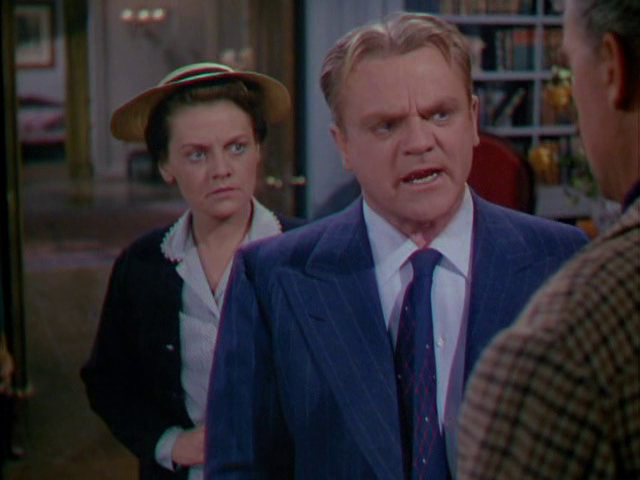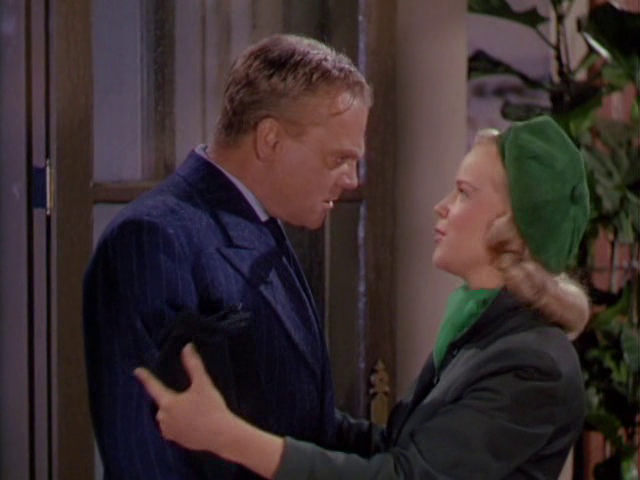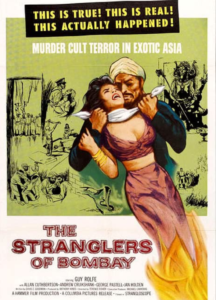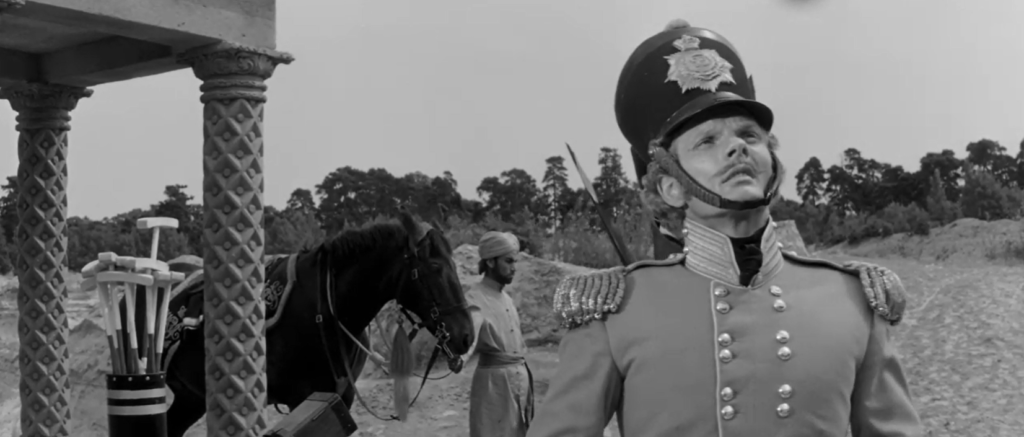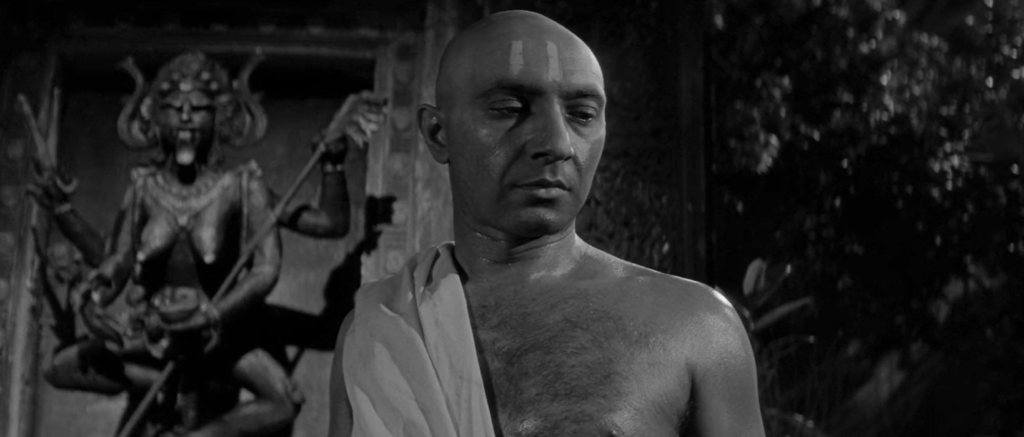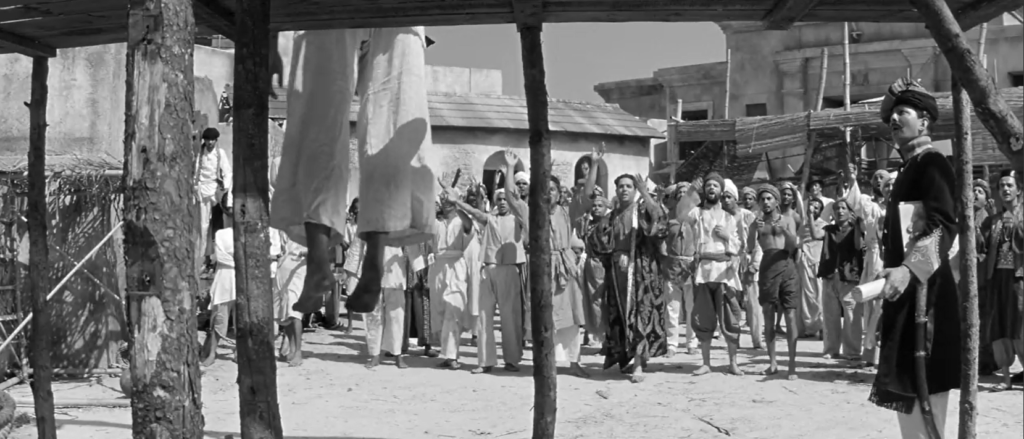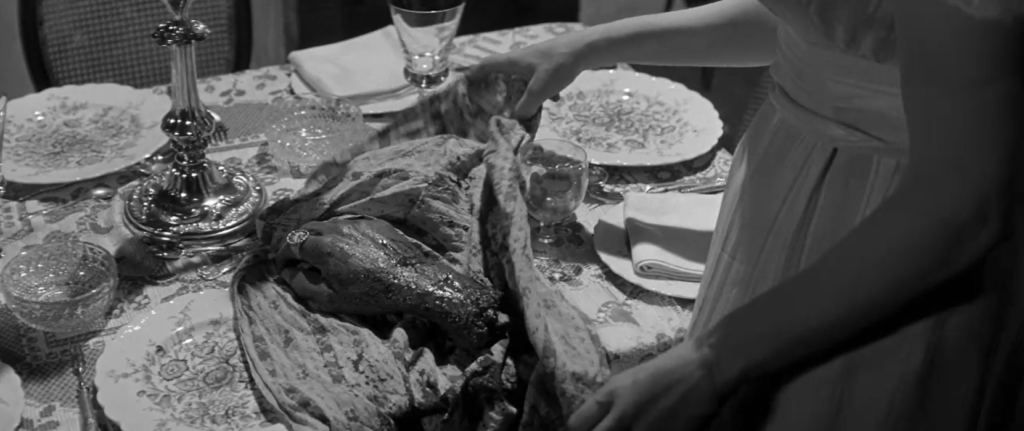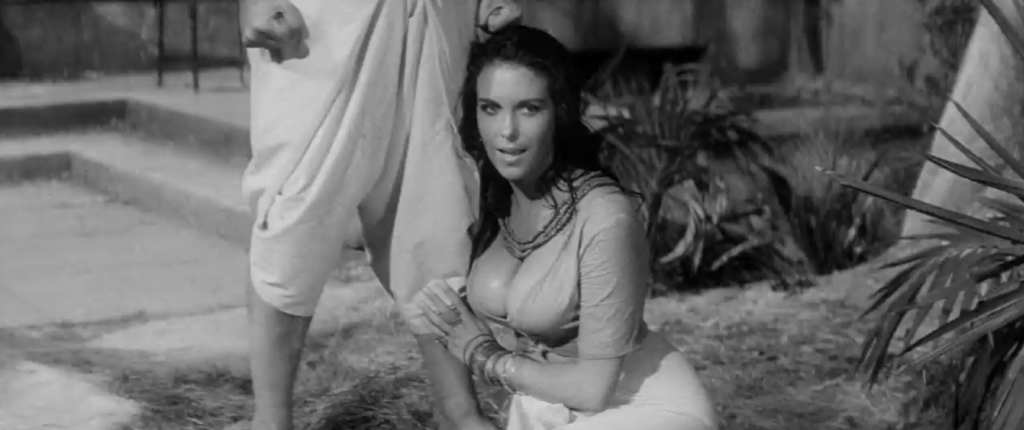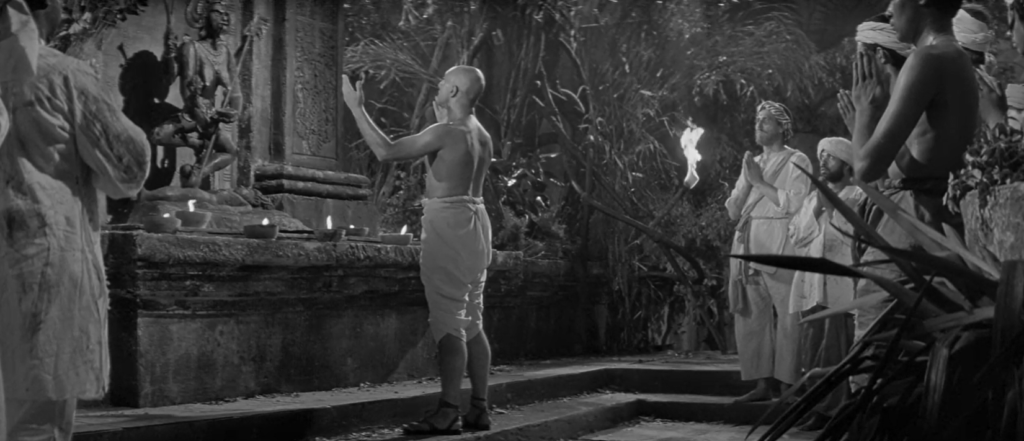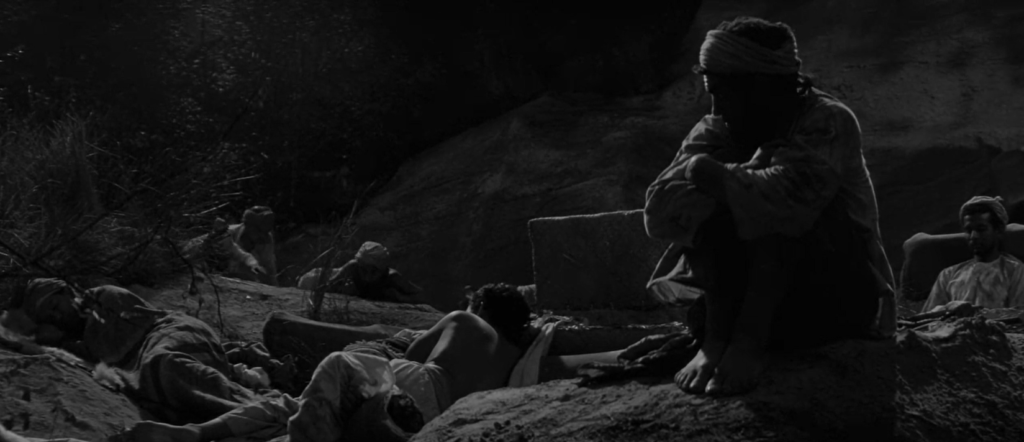|
Genres, Themes, Actors, and Directors:
- Artists
- Biopics
- Christopher Lee Films
- Disabilities
- Historical Drama
- John Huston Films
- Jose Ferrer Films
- Peter Cushing Films
- Prostitutes and Gigolos
Review:
John Huston directed this visually stunning fictional biopic of famed French artist Henri de Toulouse-Lautrec, whose leg growth was stunted at an early age:
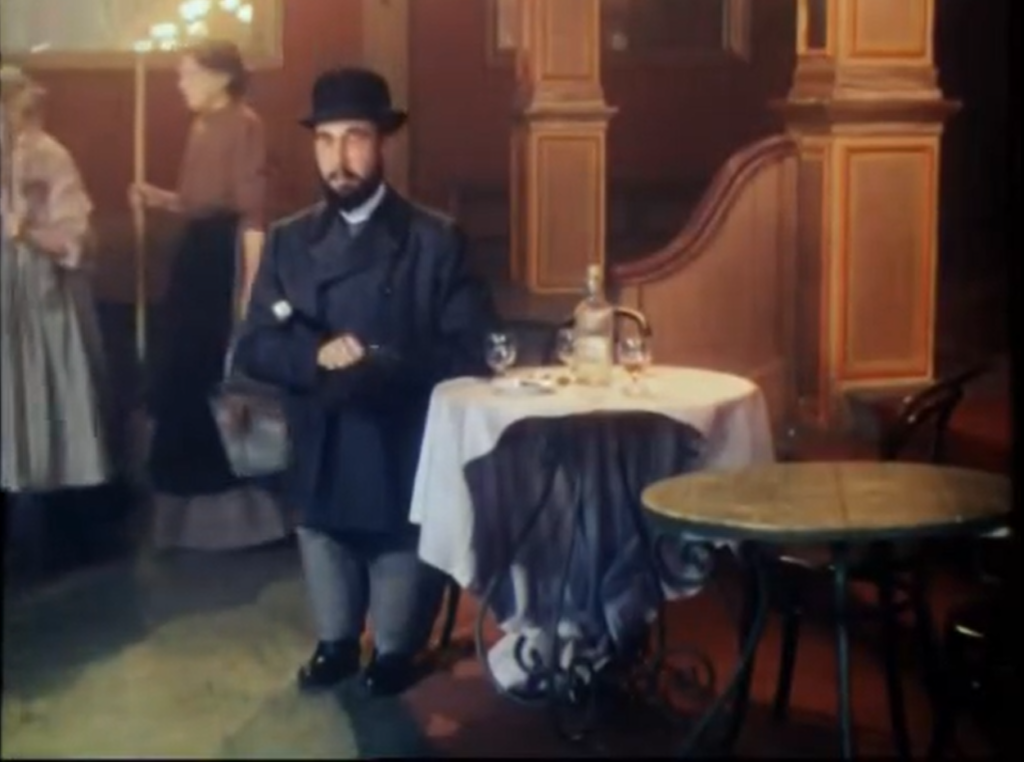
… and who developed a lifelong drinking habit while honing his artistic talents in the nightclubs and brothels of Paris:
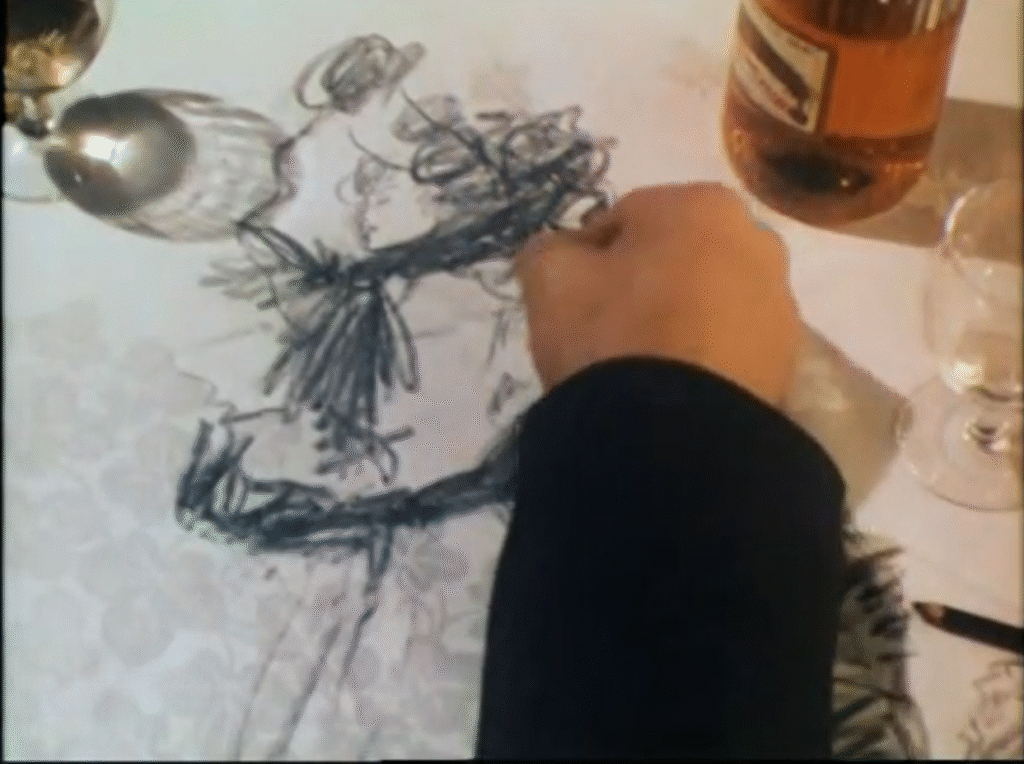
Huston and his artistic team — including cinematographer Oswald Morris, color specialist Eliot Elisofon, costume and set designer Marcel Vertes, and art director Paul Sheriff — present a vividly magical recreation of Toulouse-Lautrec’s world, with scenes from his prolific paintings, posters, and drawings seemingly coming to life in front of our eyes:
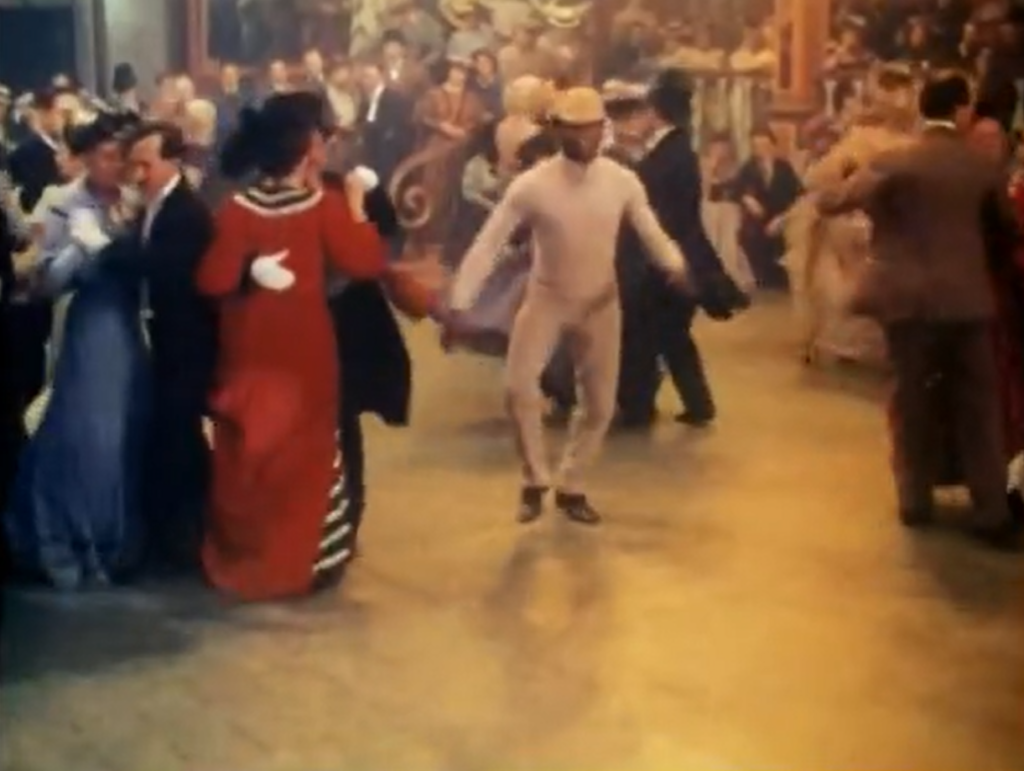
The first half of the storyline centers primarily on Toulouse-Lautrec’s love affair with a feisty, insecure prostitute (Colette Marchand) whose poverty-ridden past has left her desperately cynical: “I’m scum. Real scum. That’s why you hang on to me.”
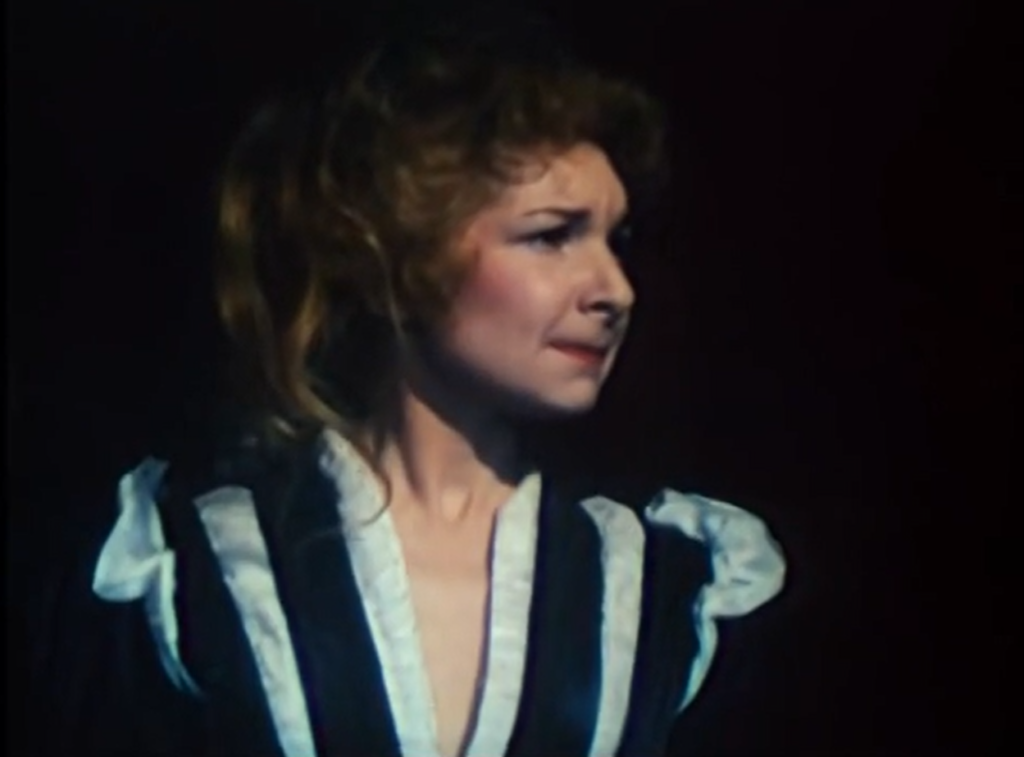
As Toulouse-Lautrec describes her later:
“Her past was too strong for her. The world she lives in is a jungle, where people prowl like wild animals. They go without eating when the game is scarce. And when there is a kill, they claw and bite each other over it. It is a world of cruelty and cunning. But it is free. I put chains on her; they only made her vicious… In the jungle they feel neither pity nor revulsion. The sight of me did not offend her as a woman… Her eyes were wide open. She loved me for what I am.”
While Marchand’s character appears to be fictional, it’s clear that she represents the “type” of woman Toulouse-Lautrec felt himself resigned to and worthy of. As a “mutant” creature rejected in some fashion by both his aristocratic parents (though his caring mother tries to reach out), he lived his brief life (dying from alcoholism and syphilis at the age of 36) among those who — like him — understood hardship, constant pain, and the need for escape. To that end, the best scenes, woven throughout, show Toulouse-Lautrec gaining inspiration from the world around him and turning this into his incomparable artwork.

Watch for Zsa Zsa Gabor as Can Can dancer and singer Jane Avril:
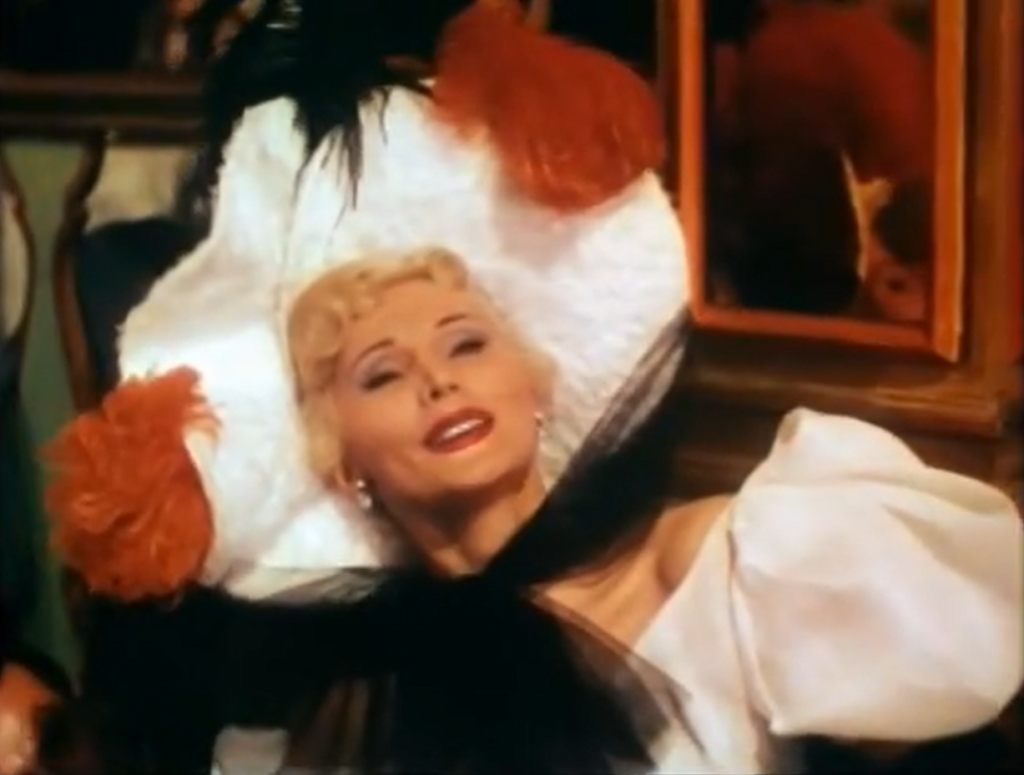
… Christopher Lee in an unbilled cameo as Georges Seurat:
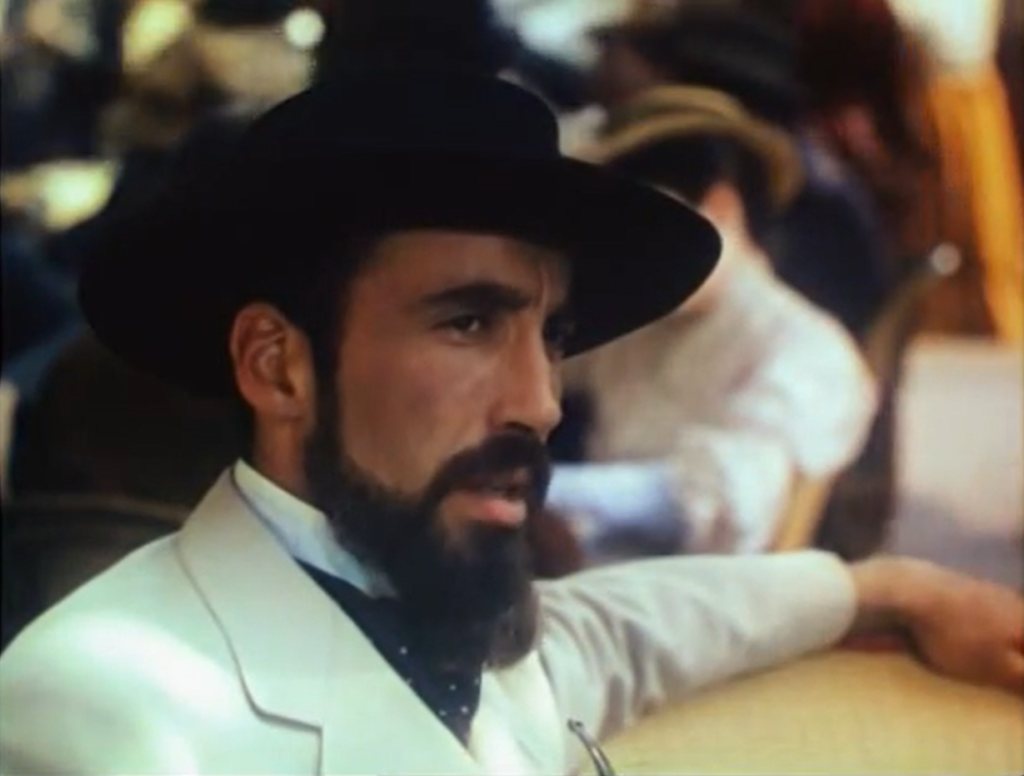
… and Peter Cushing as a competing love interest for a woman (Flor) hoping Toulouse-Lautrec will open his heart to her:
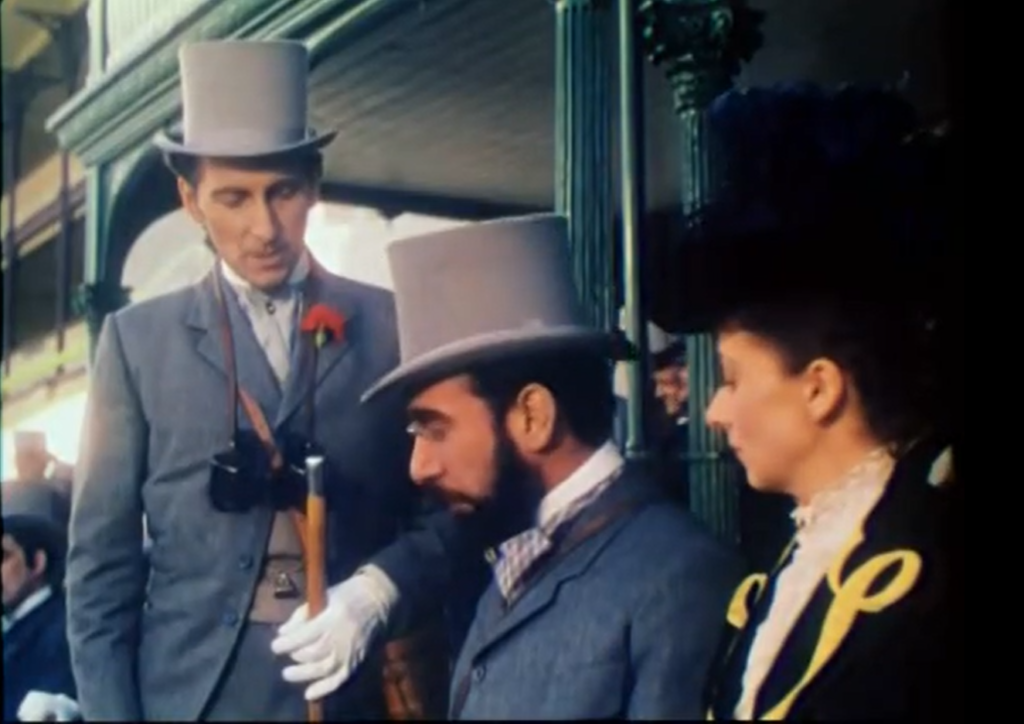
Notable Performances, Qualities, and Moments:
- Jose Ferrer as Henri Toulouse-Lautrec

- Colette Marchand as Marie
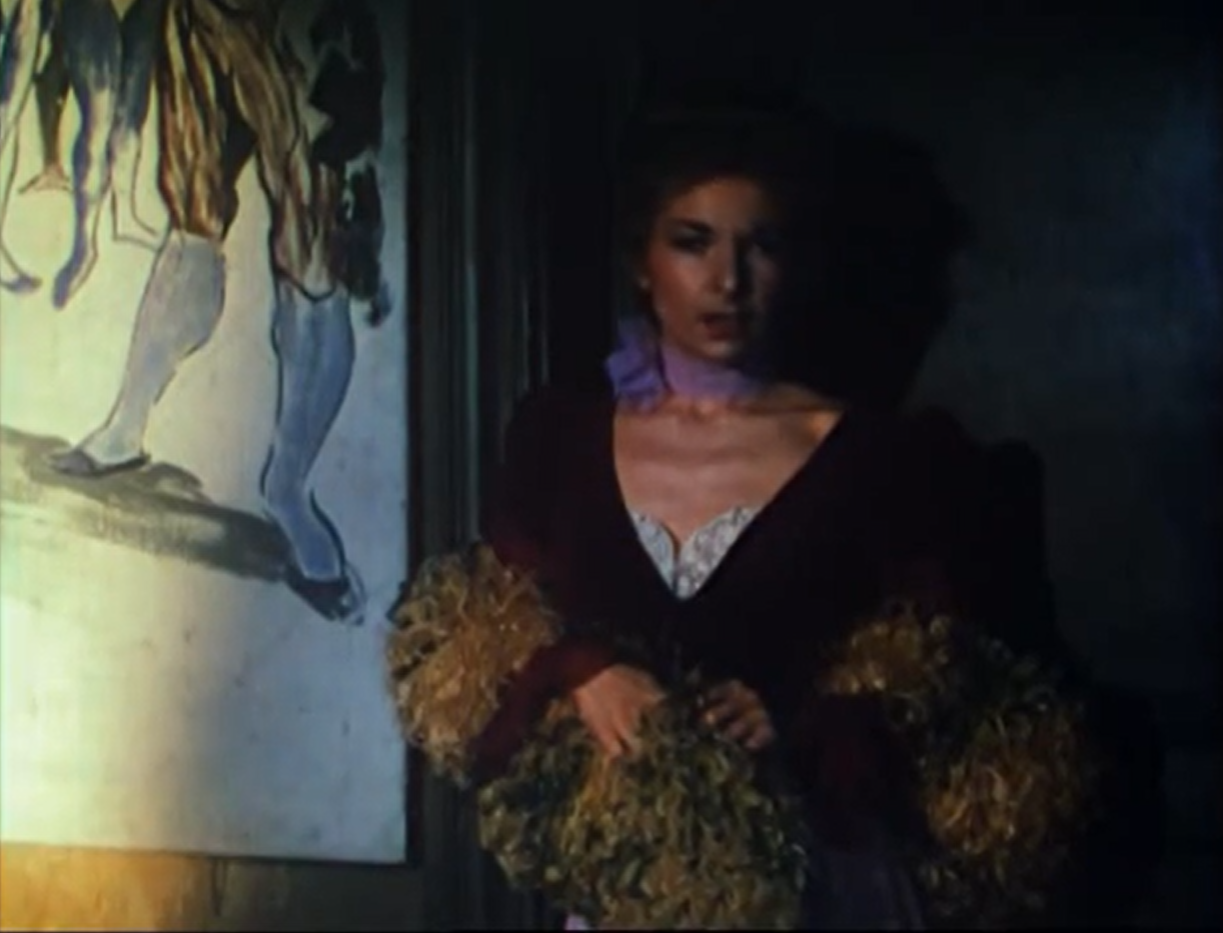
- Oswald Morris’s cinematography (with Eliot Elisofon’s color consultancy)
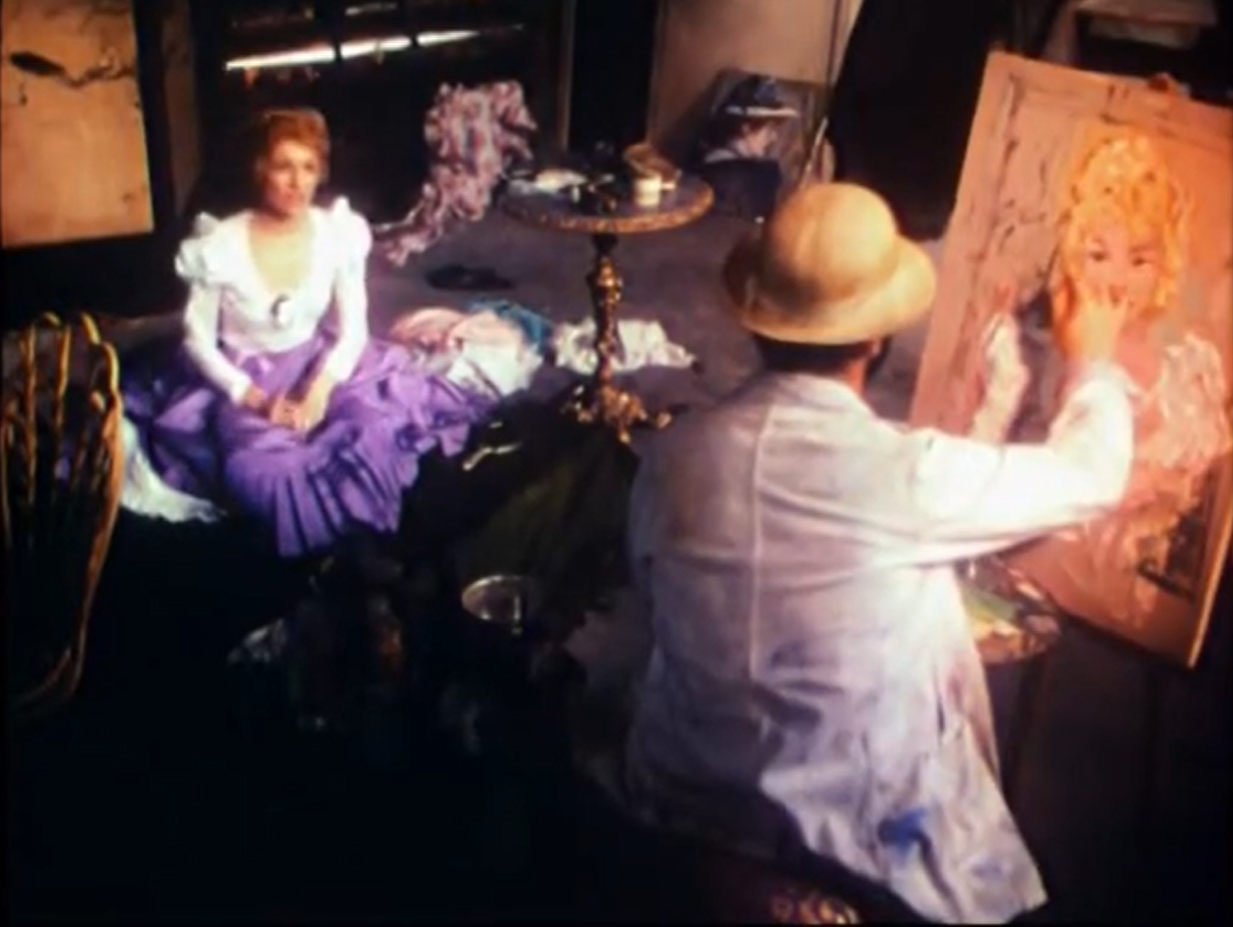
- Fine sets and costumes
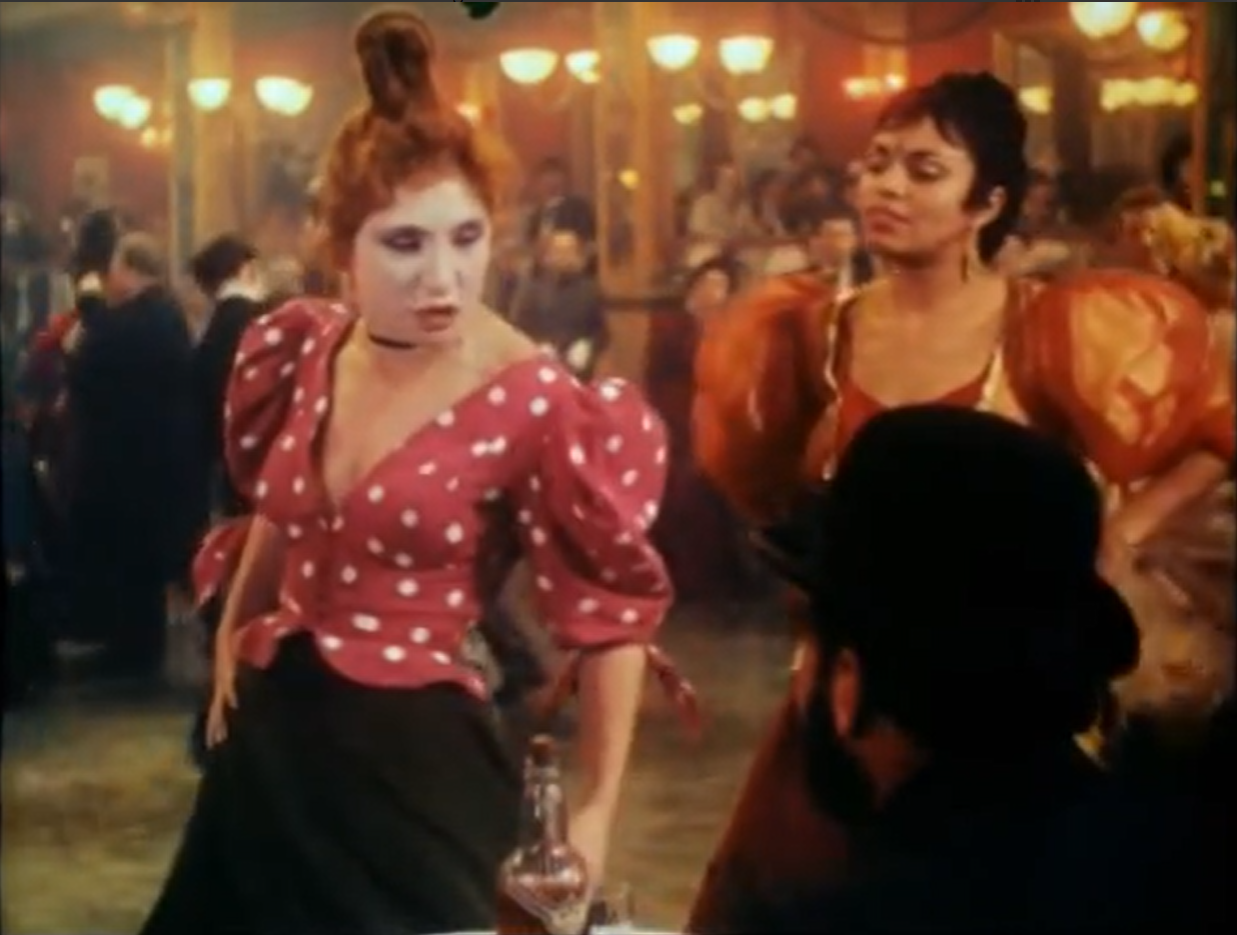
Must See?
No, but it’s well worth a one-time look for the visuals.
Links:
|
